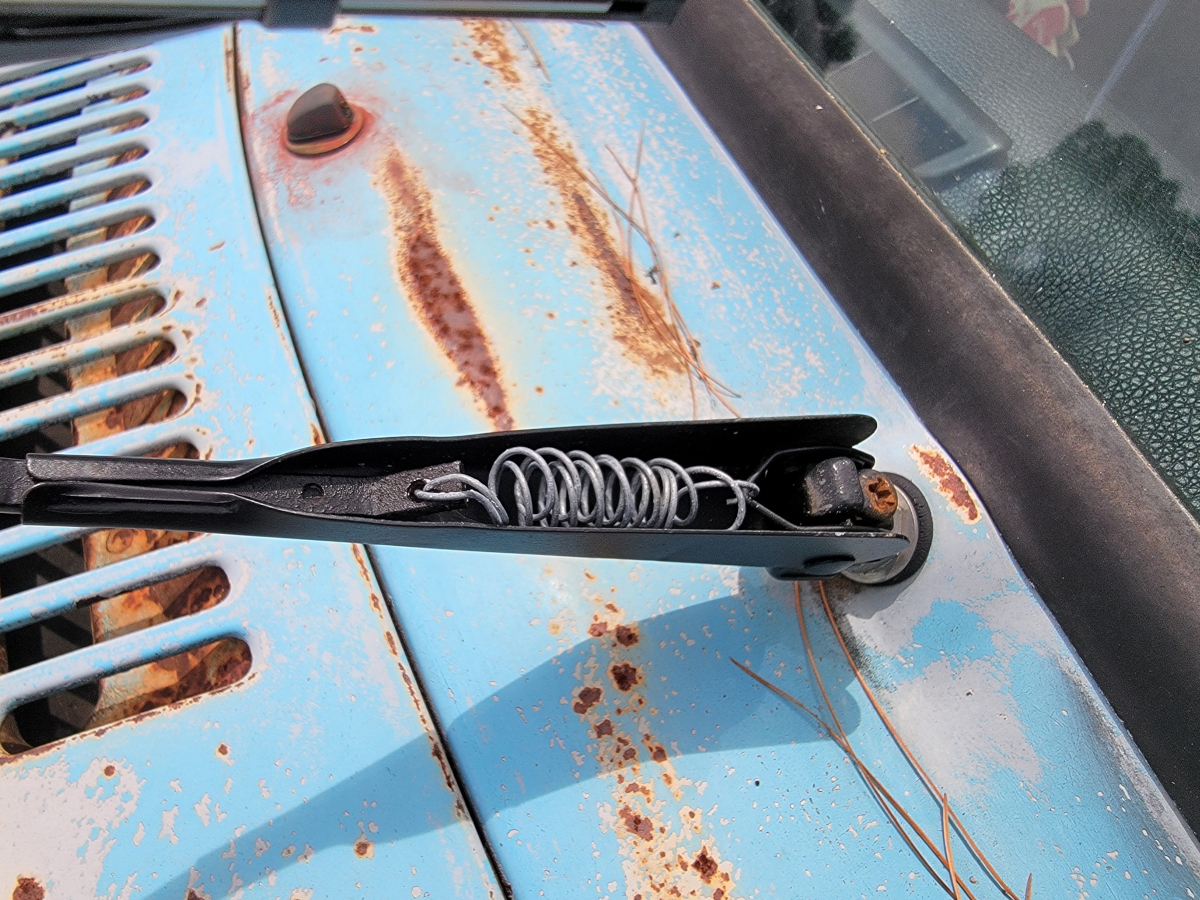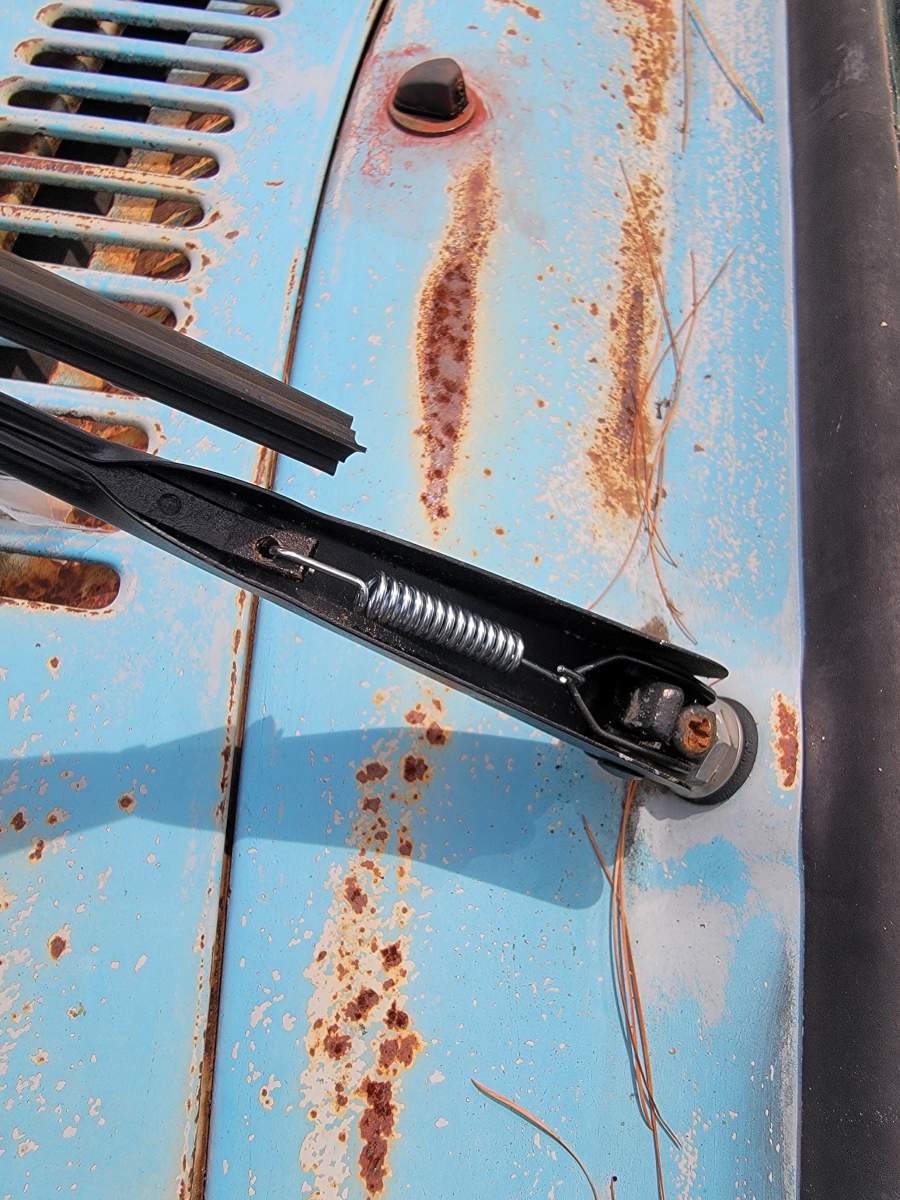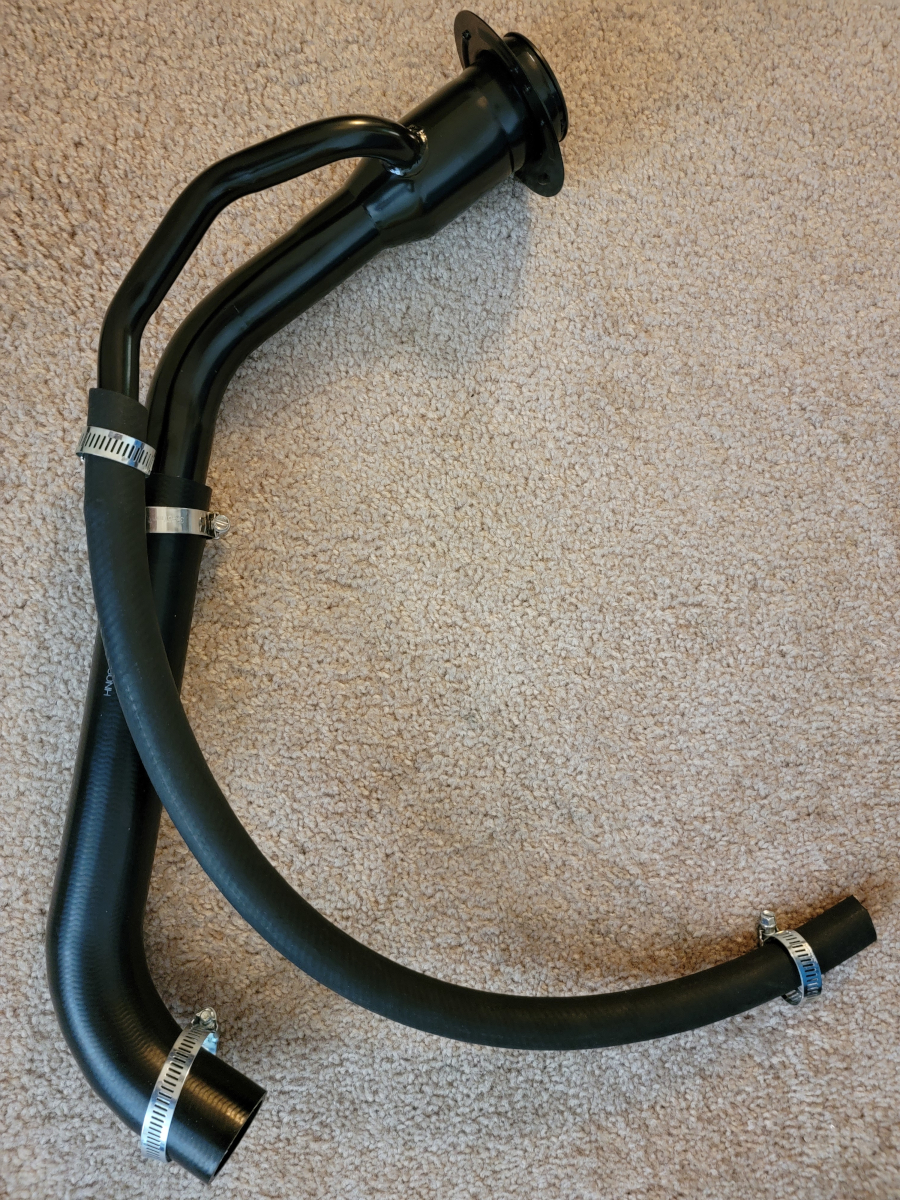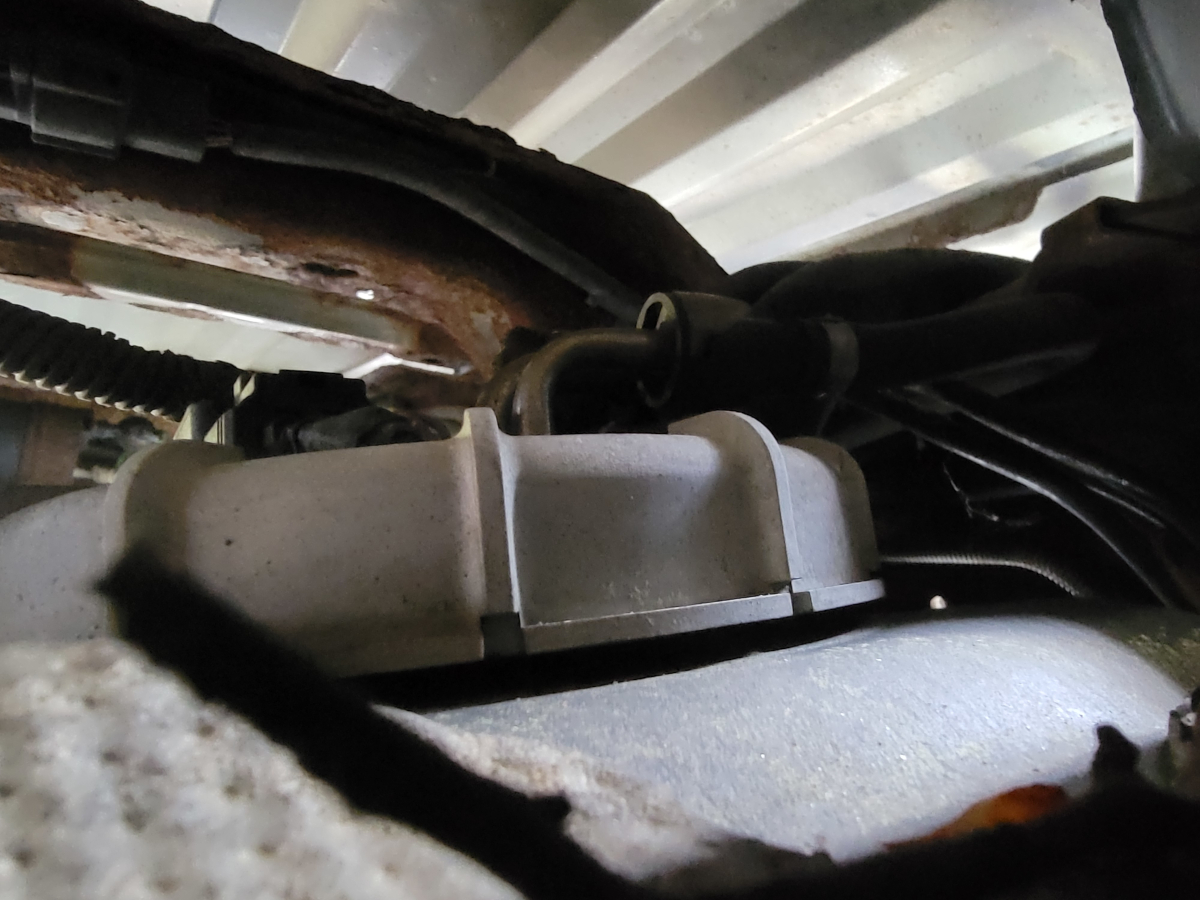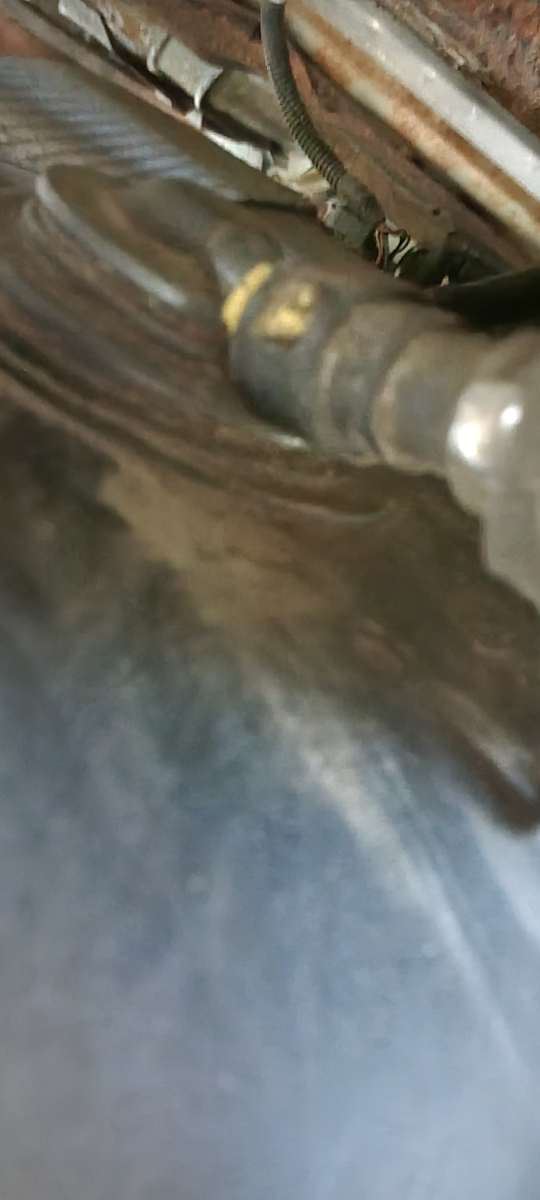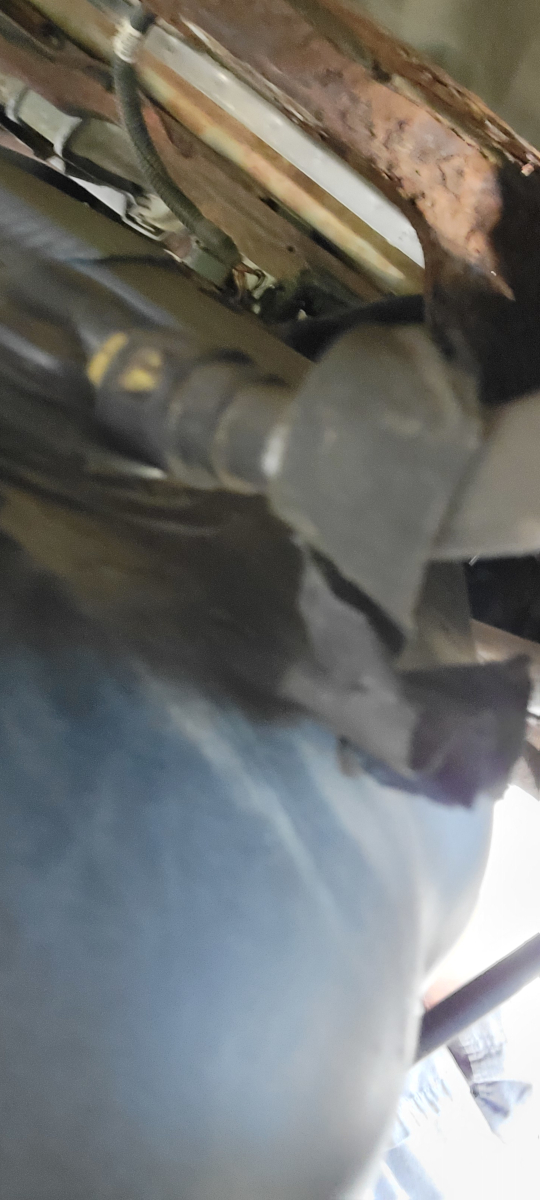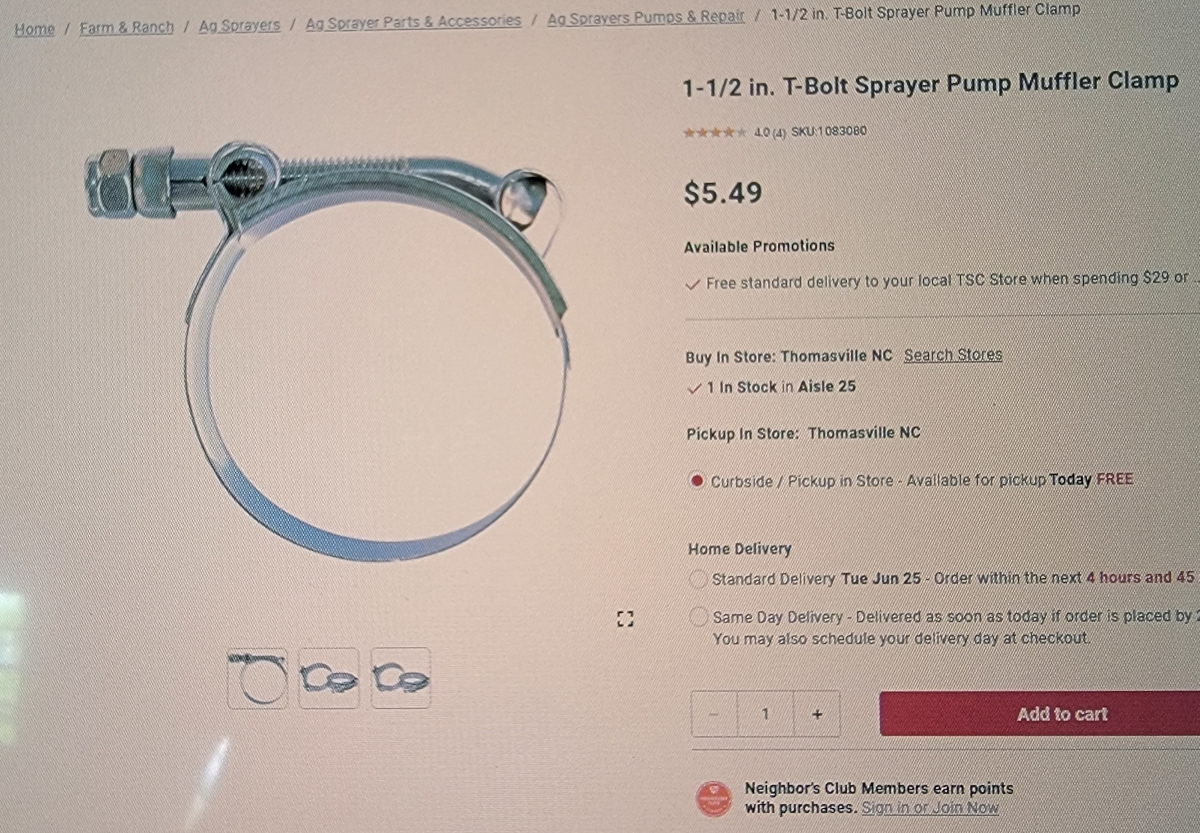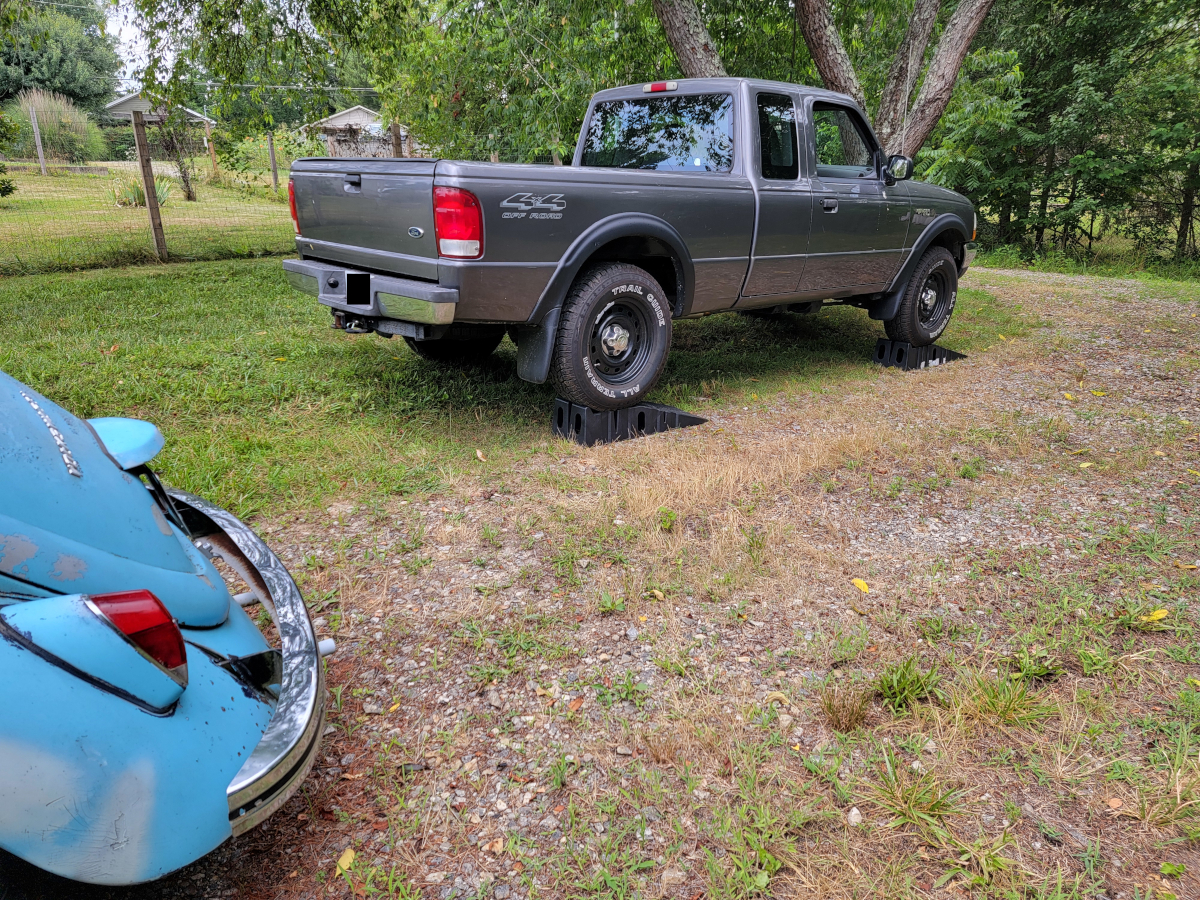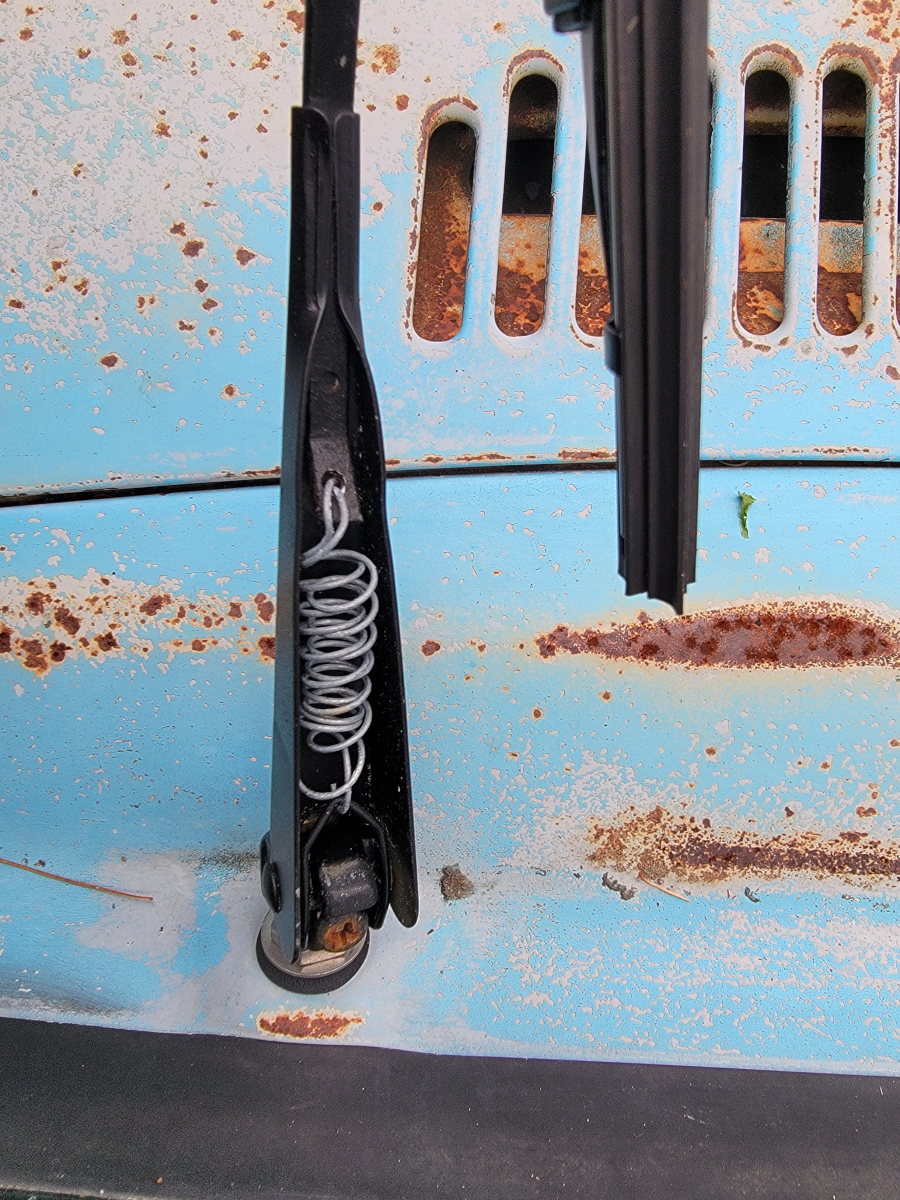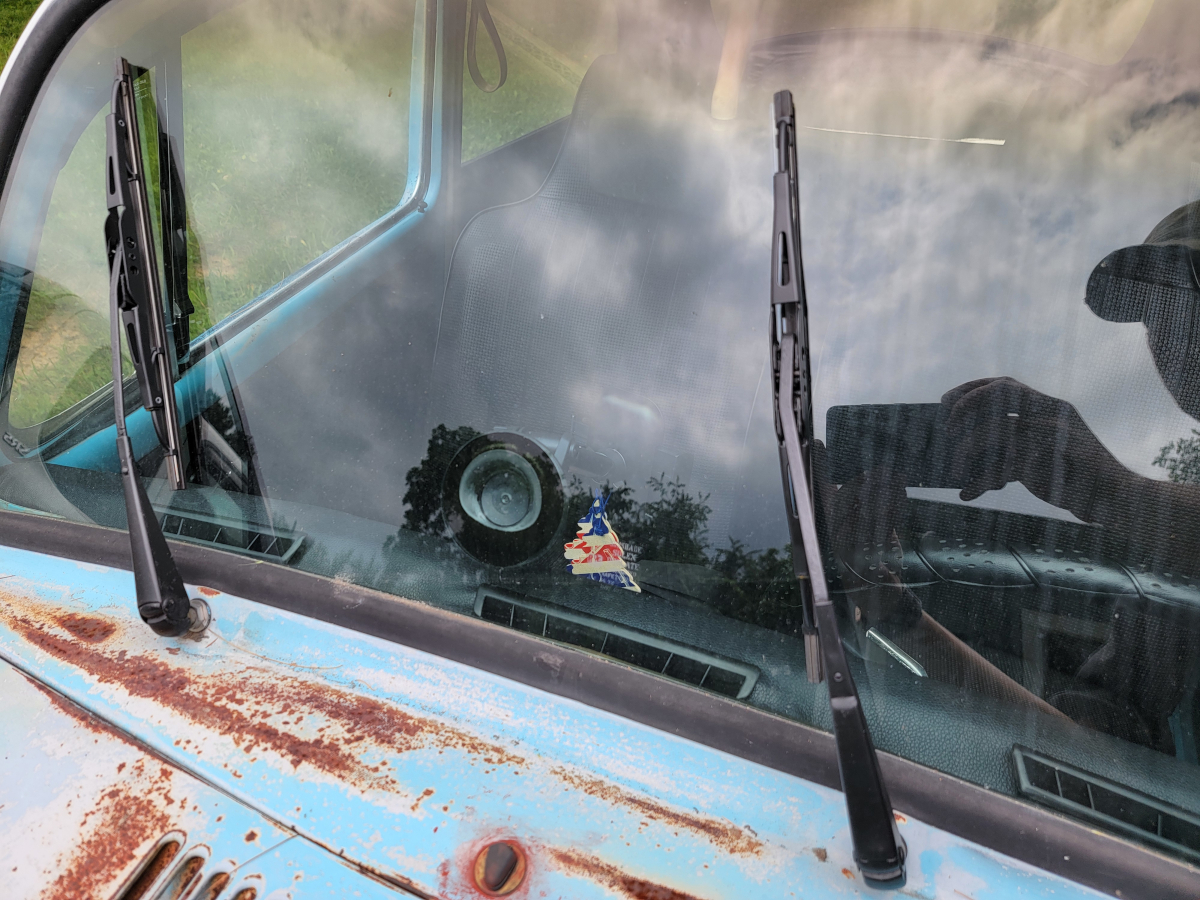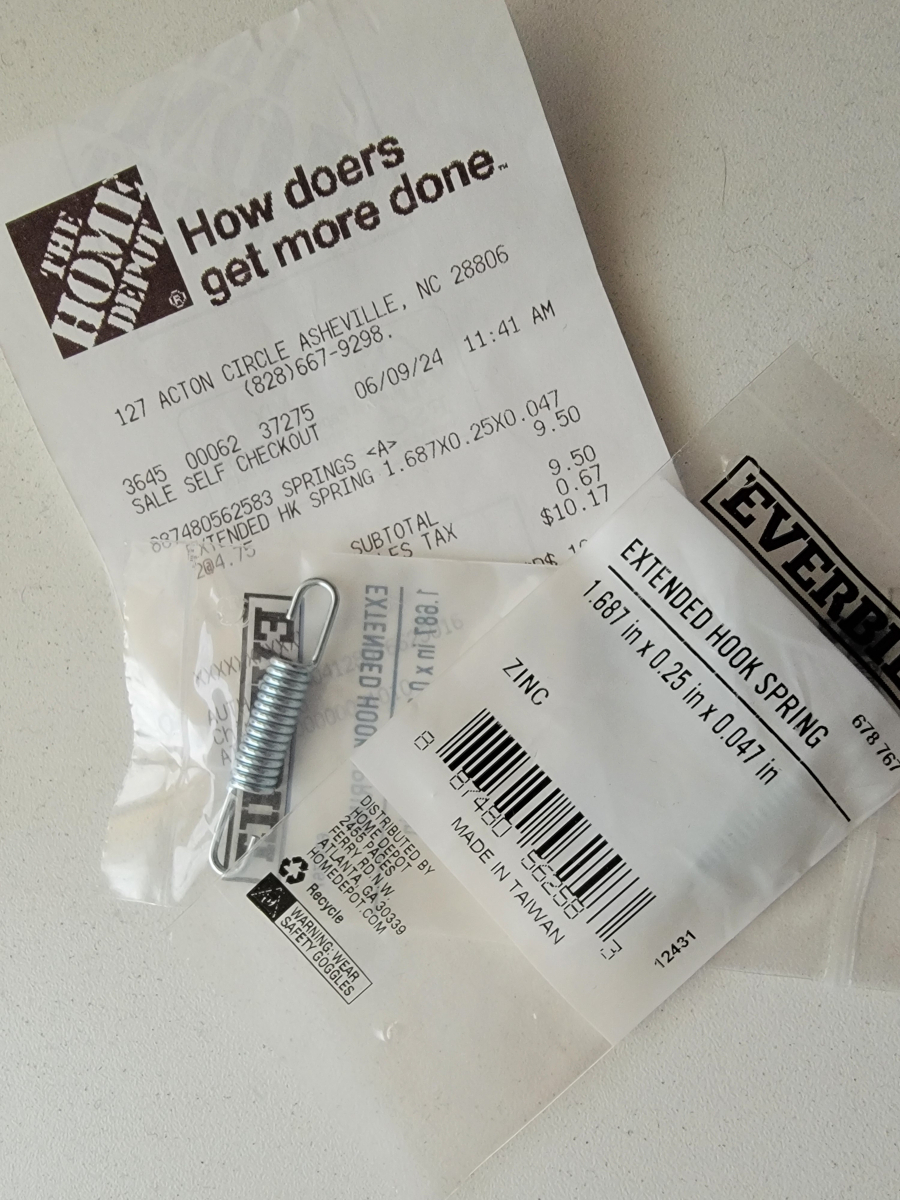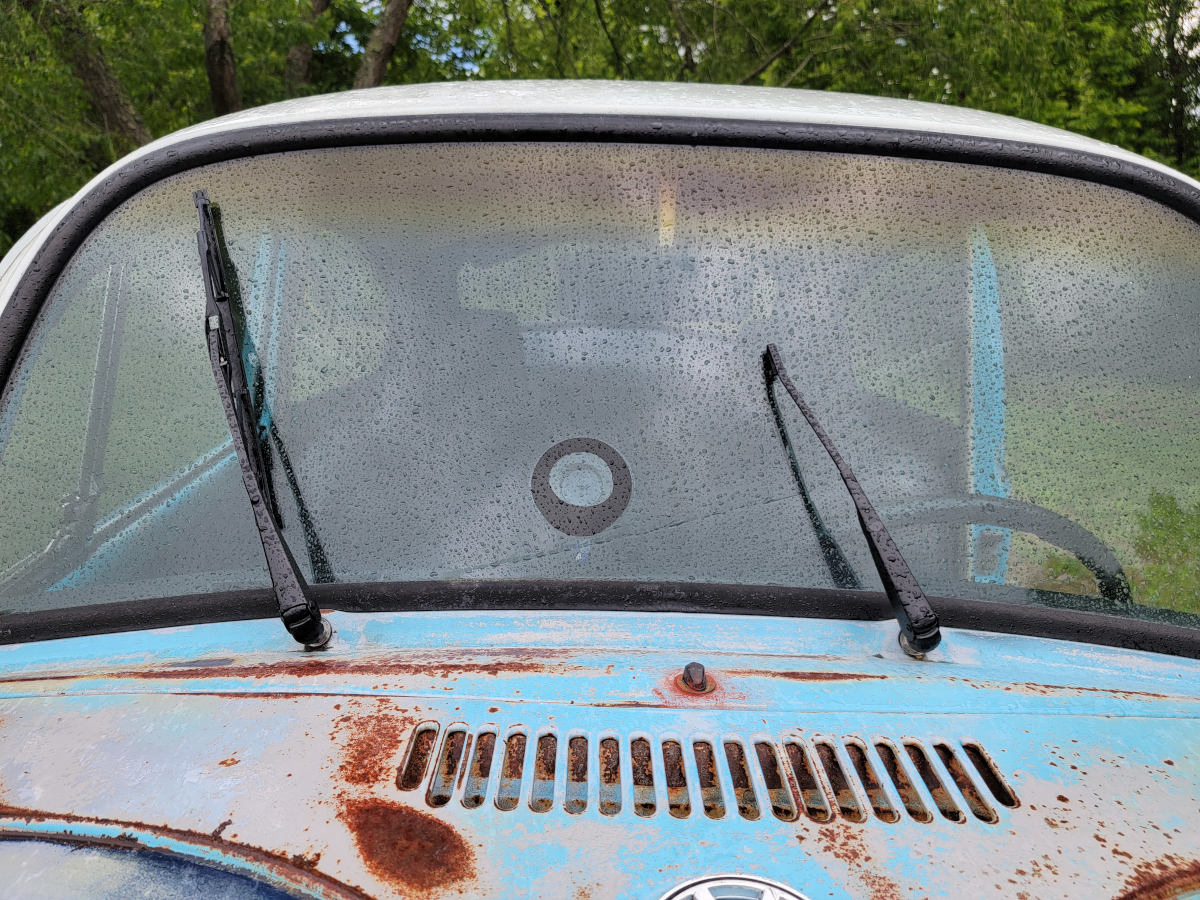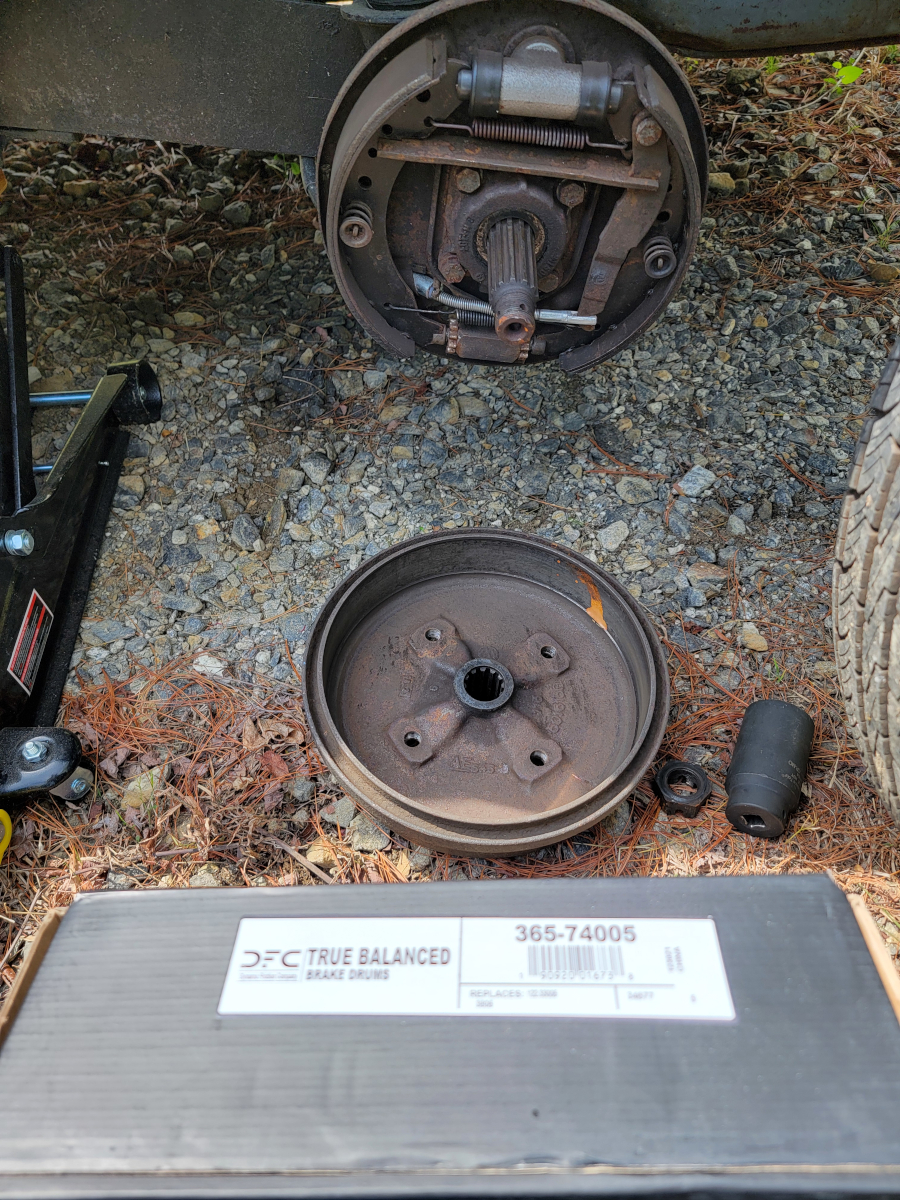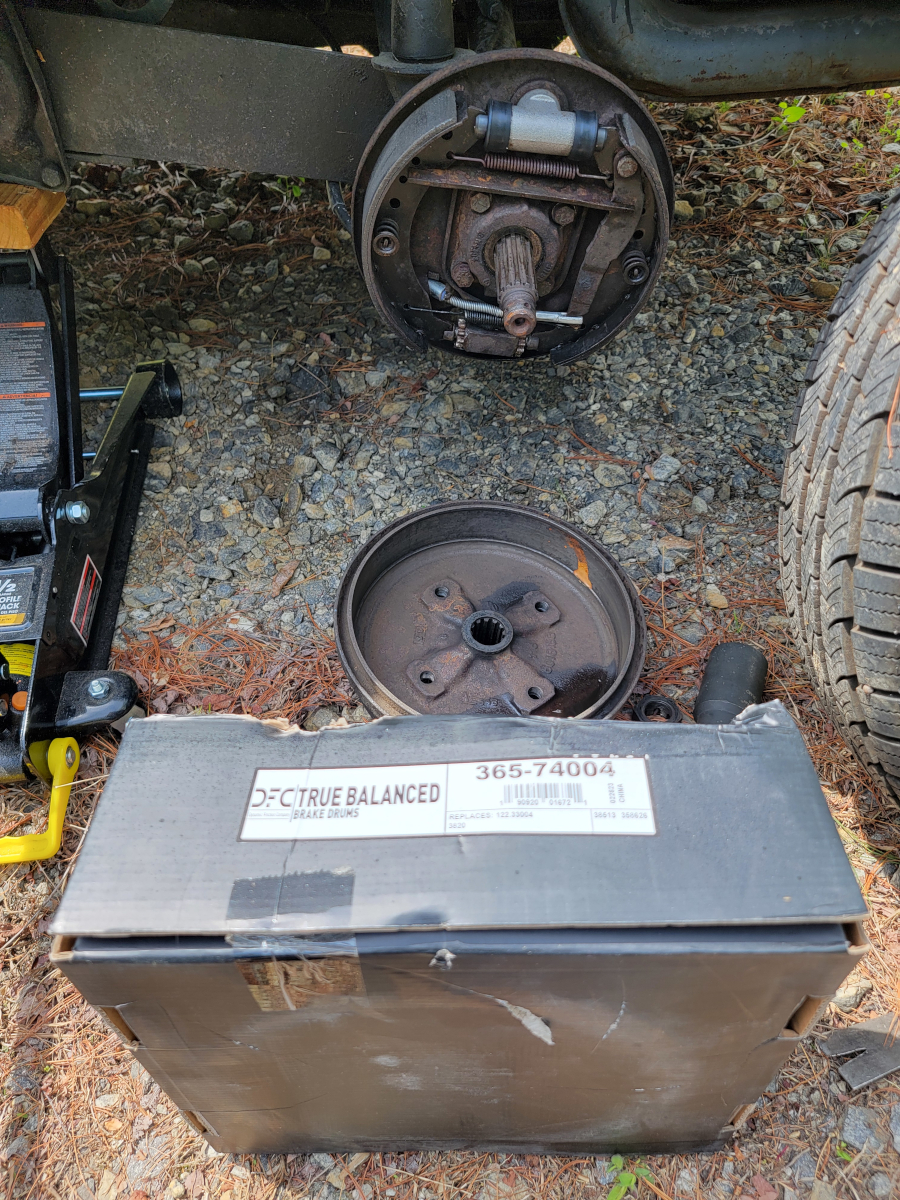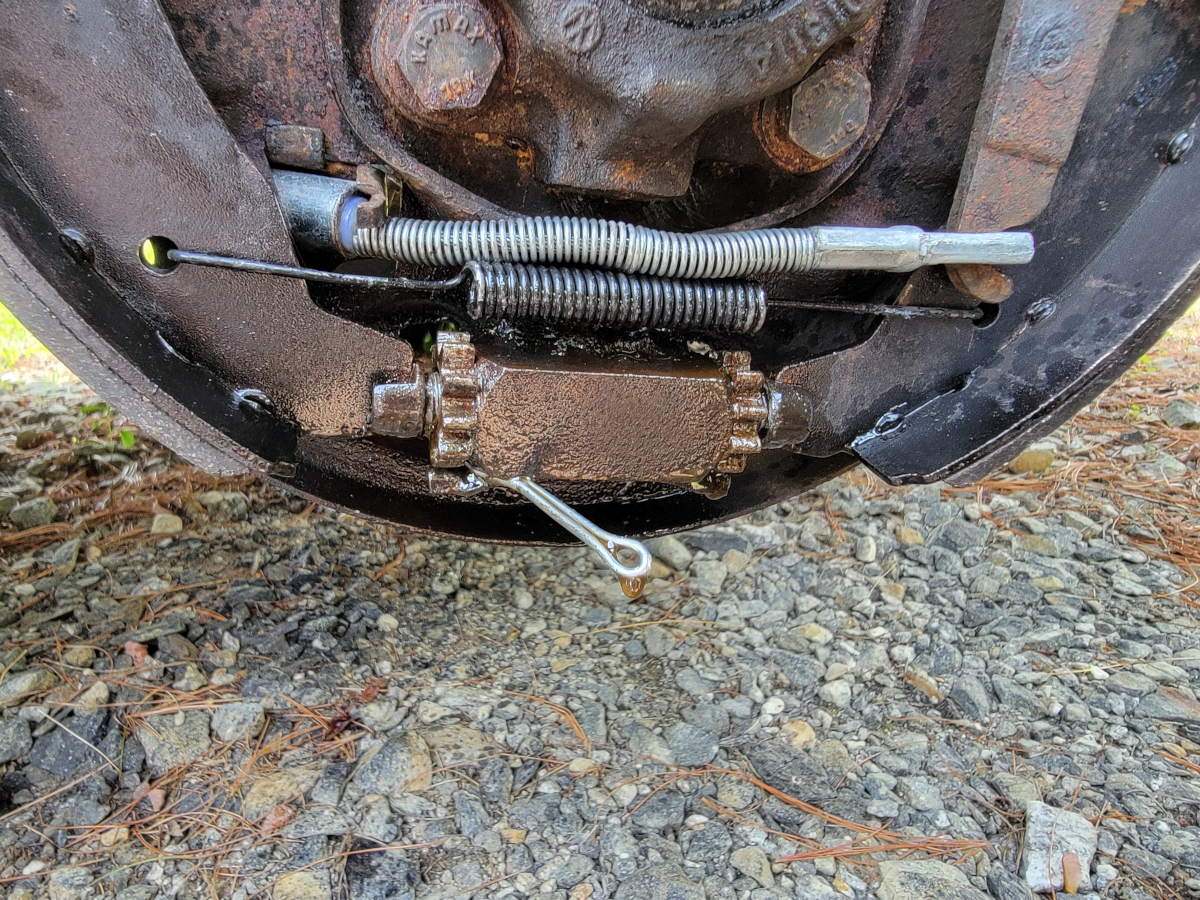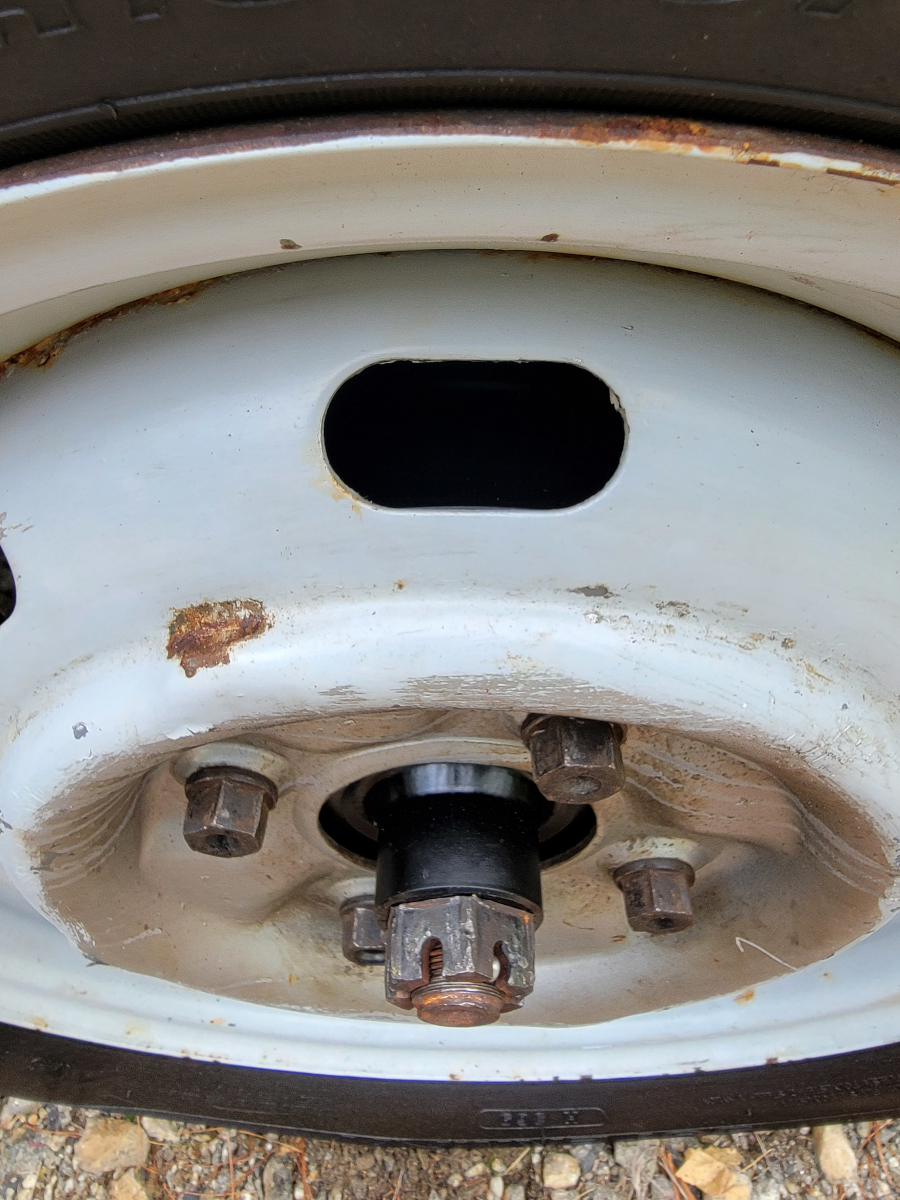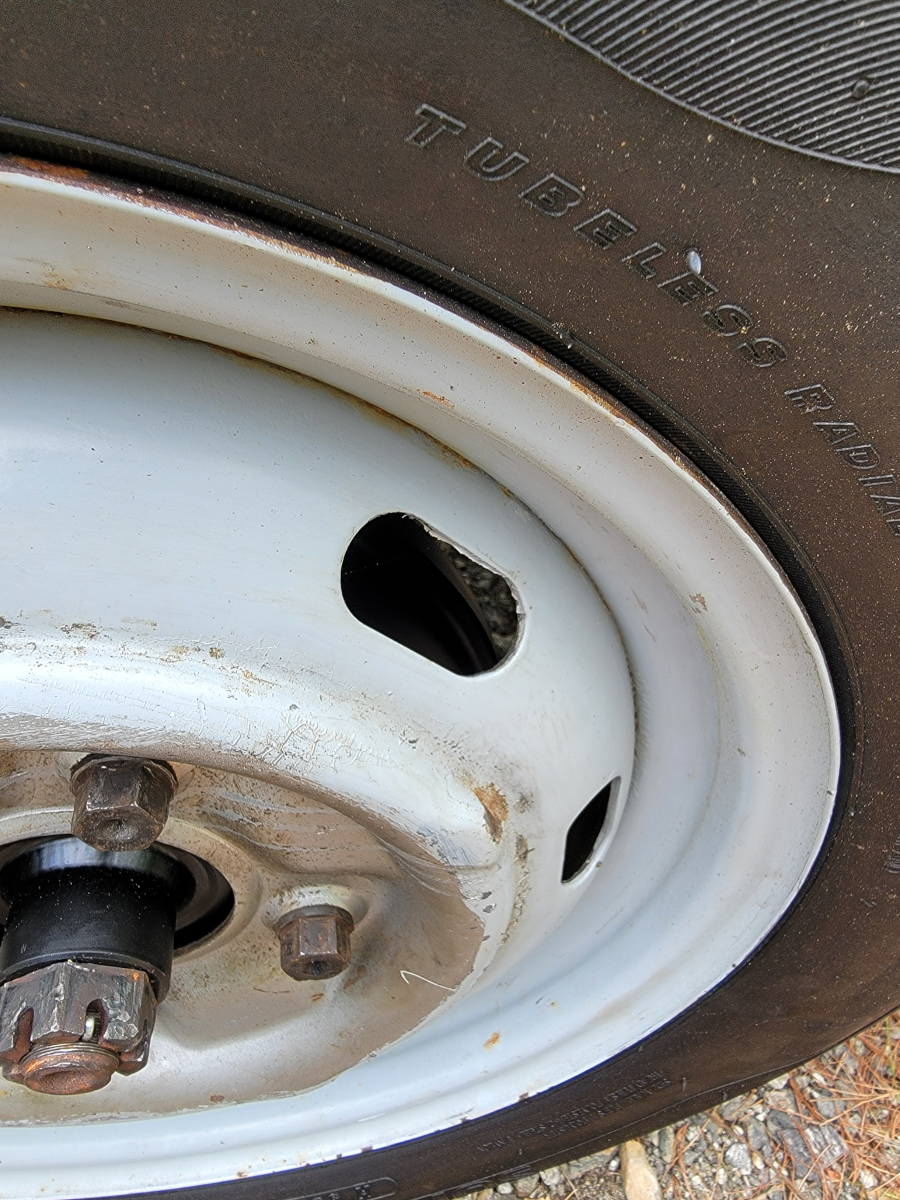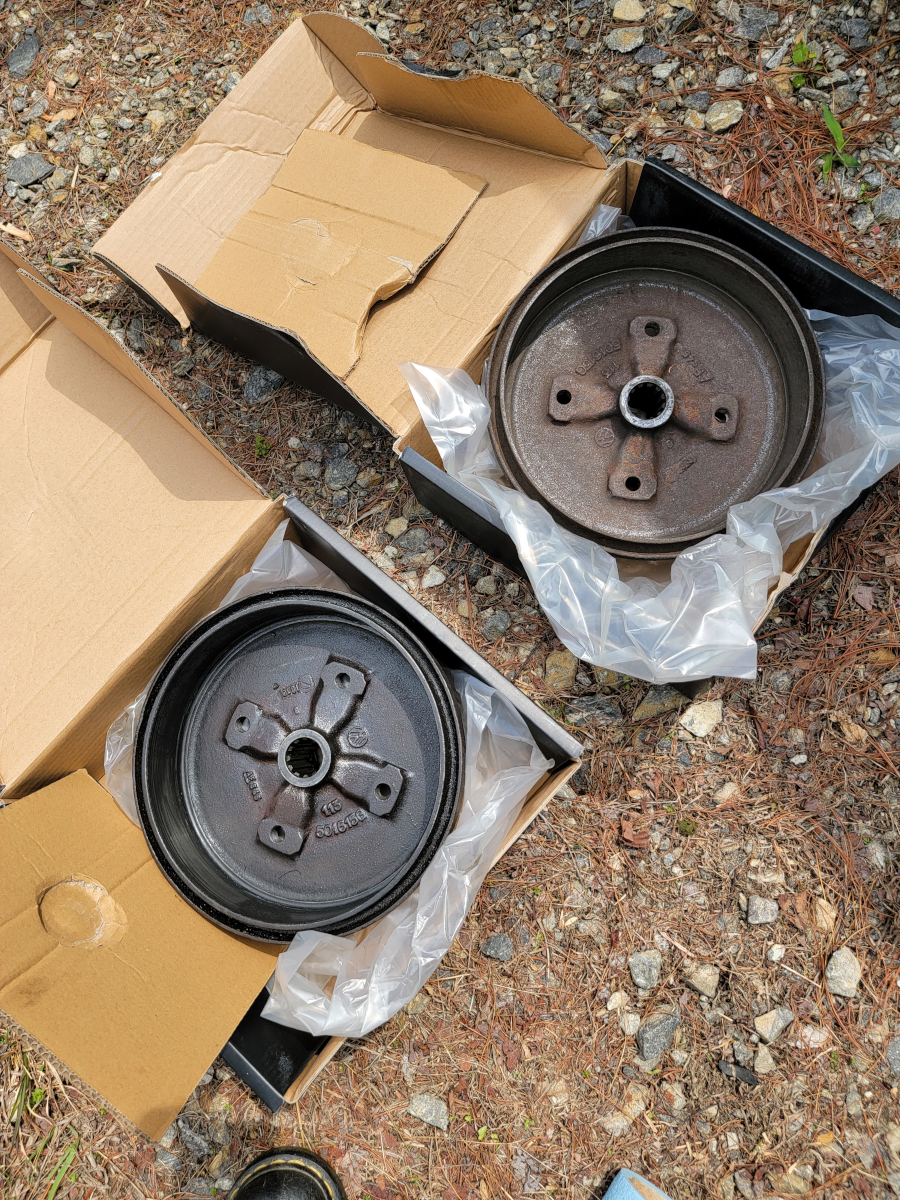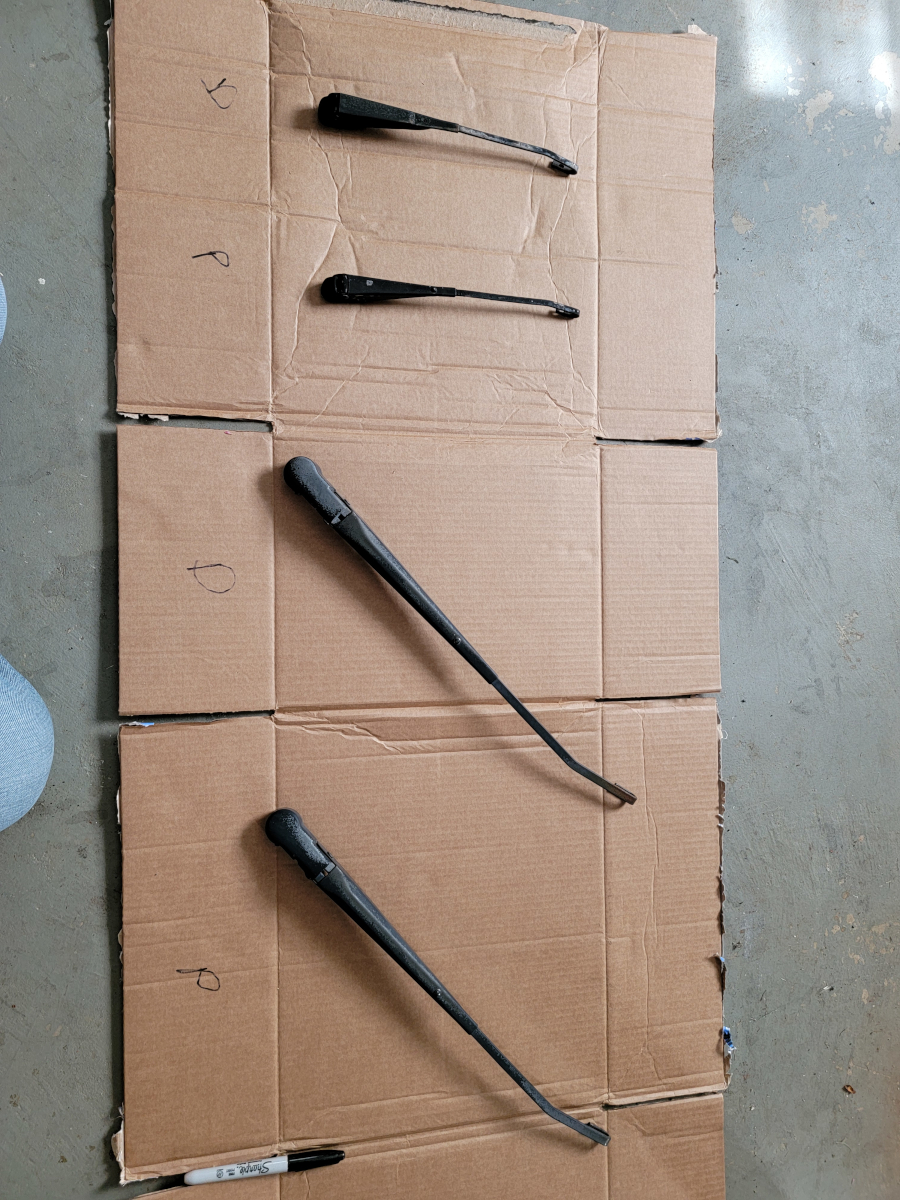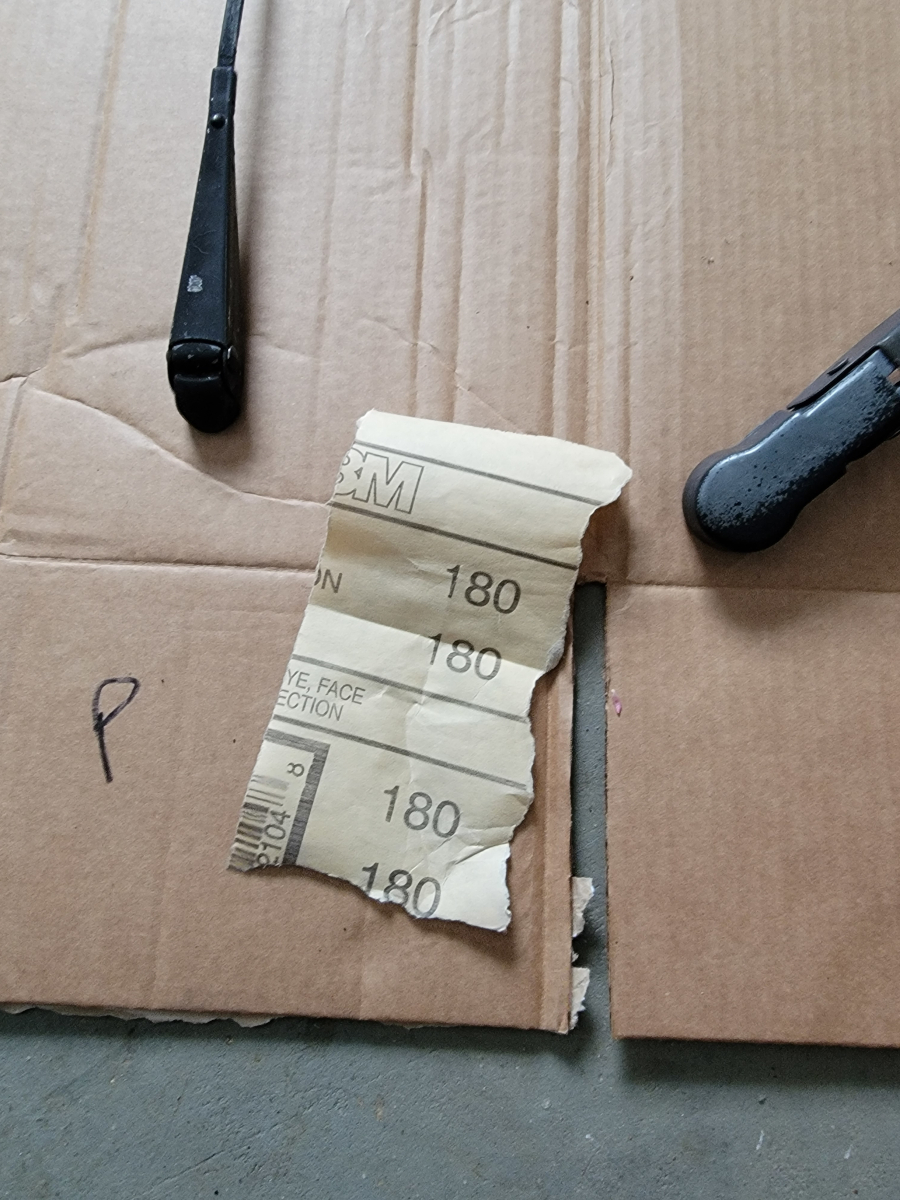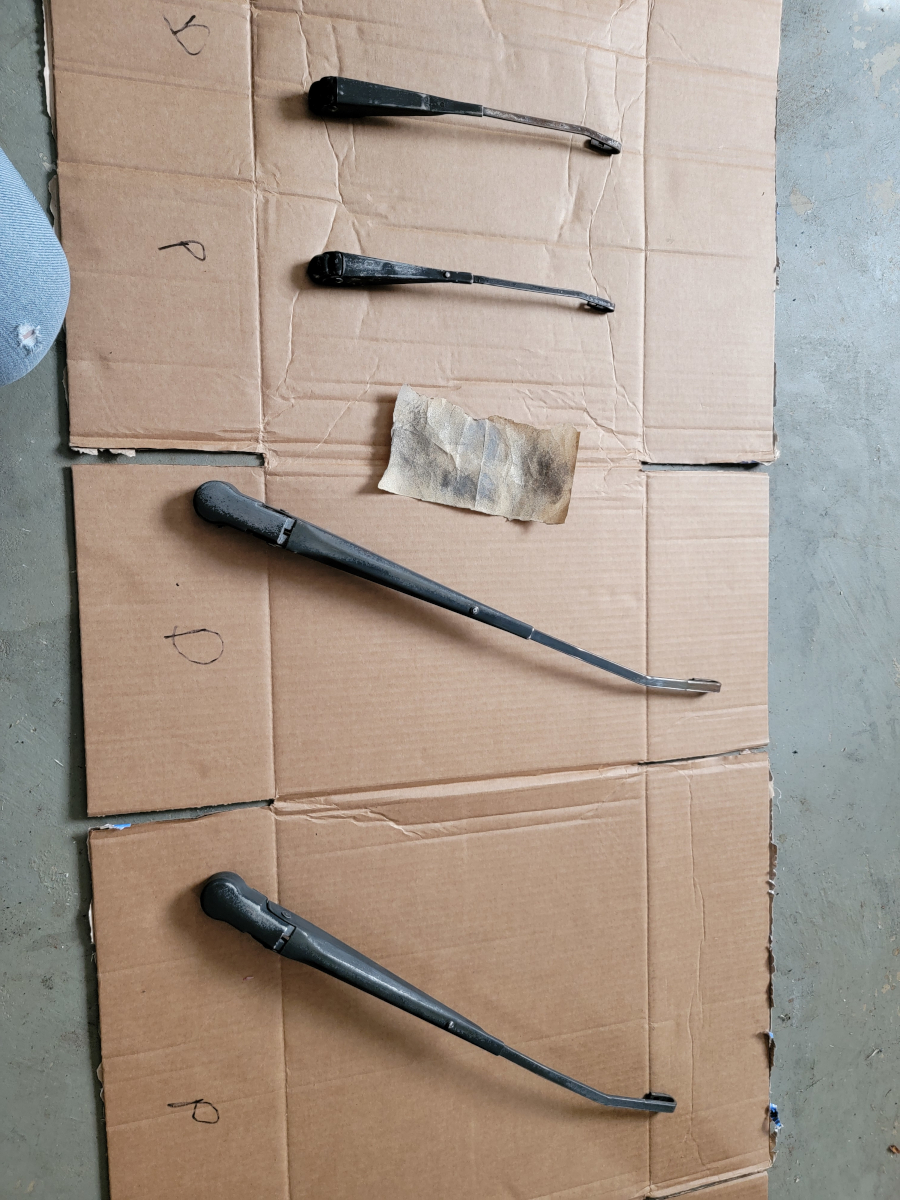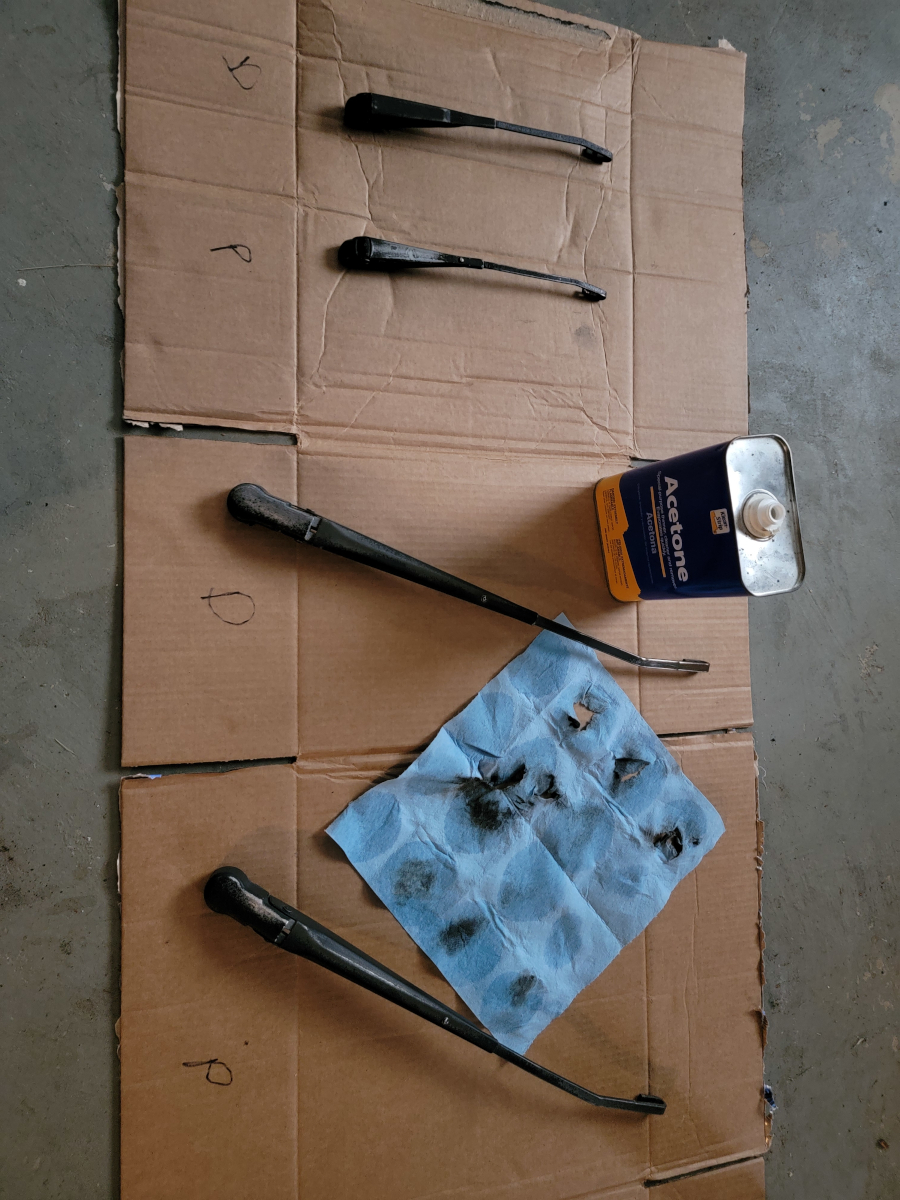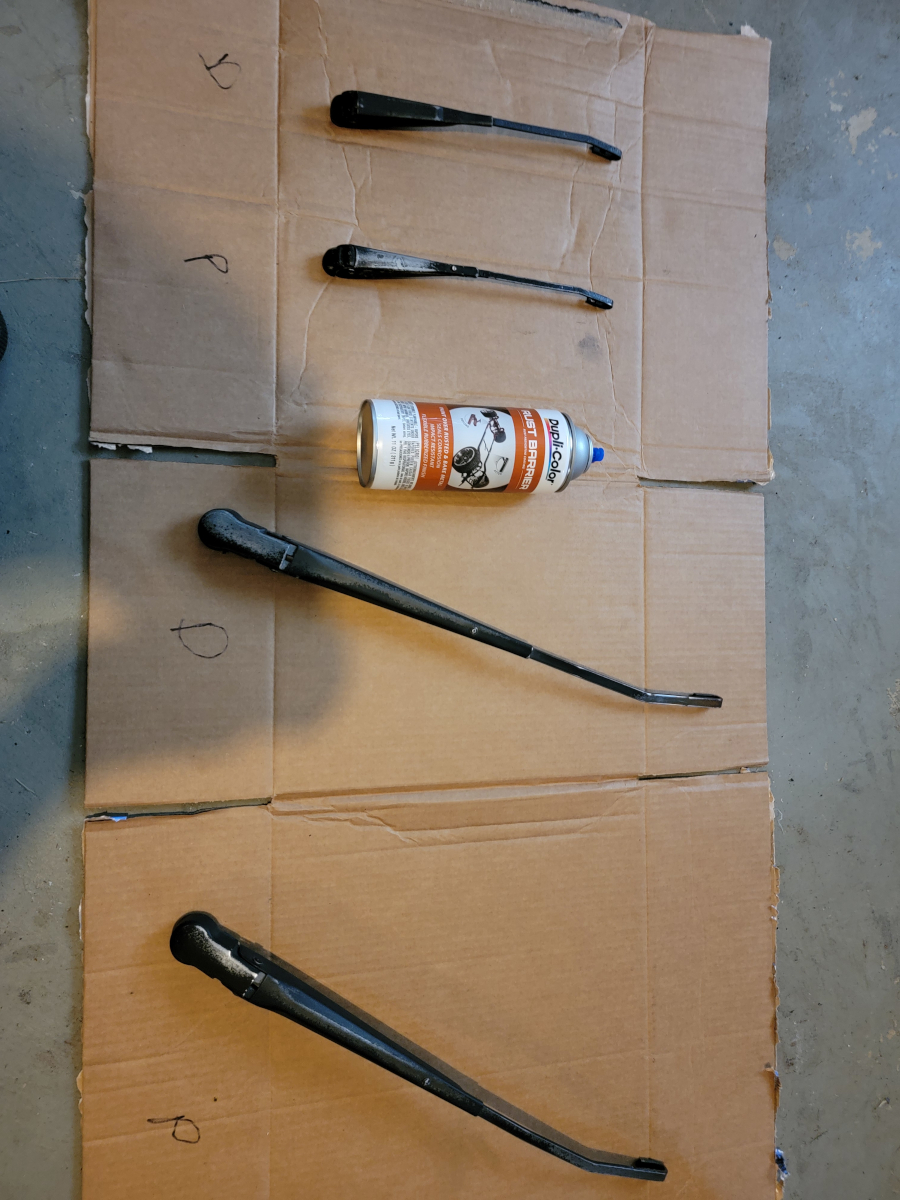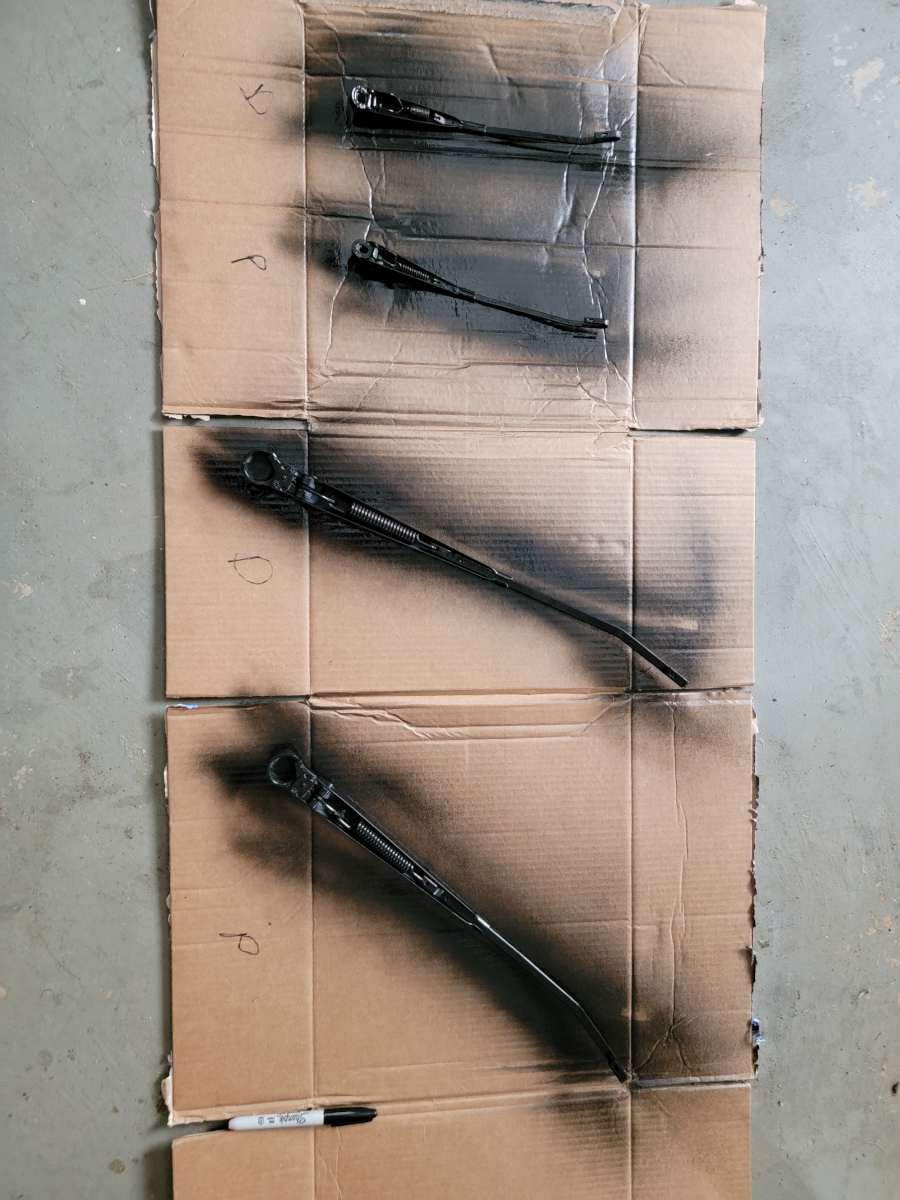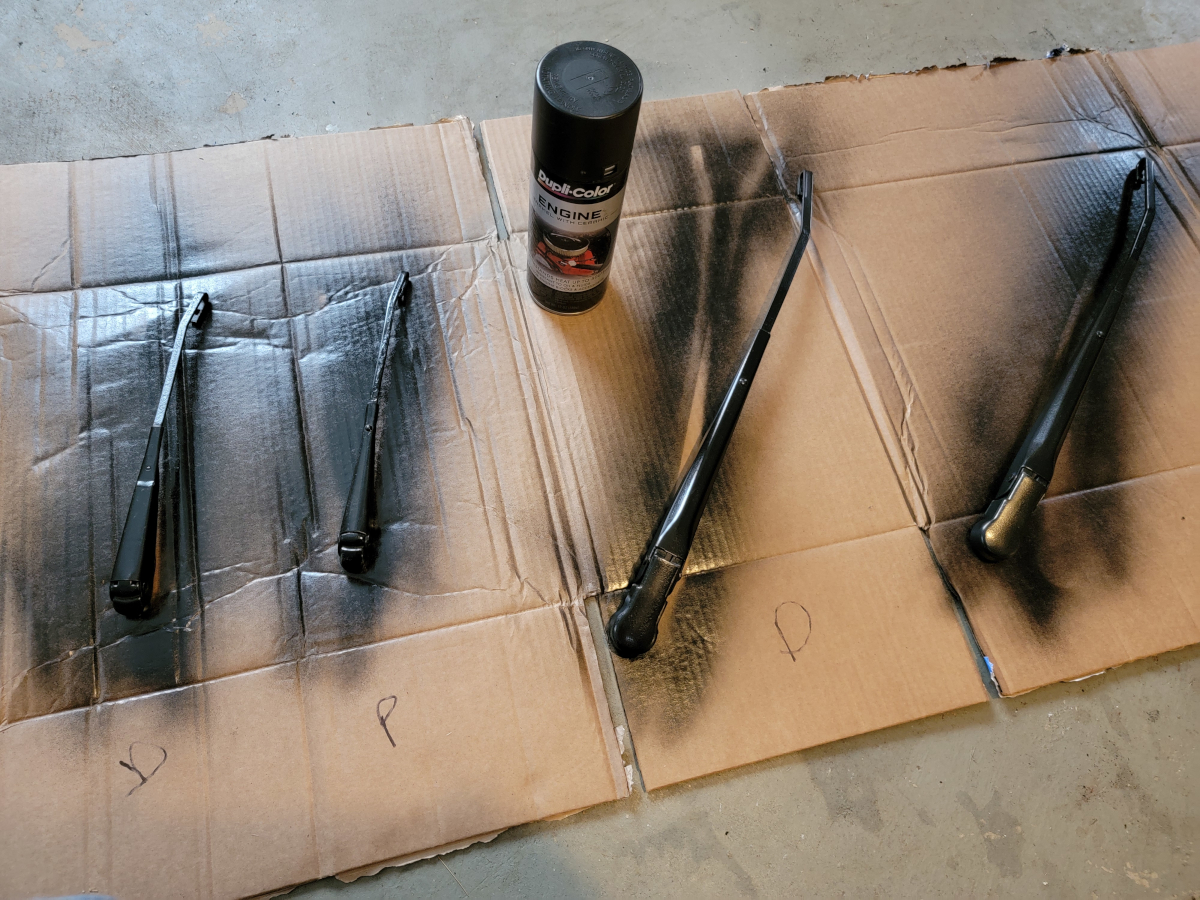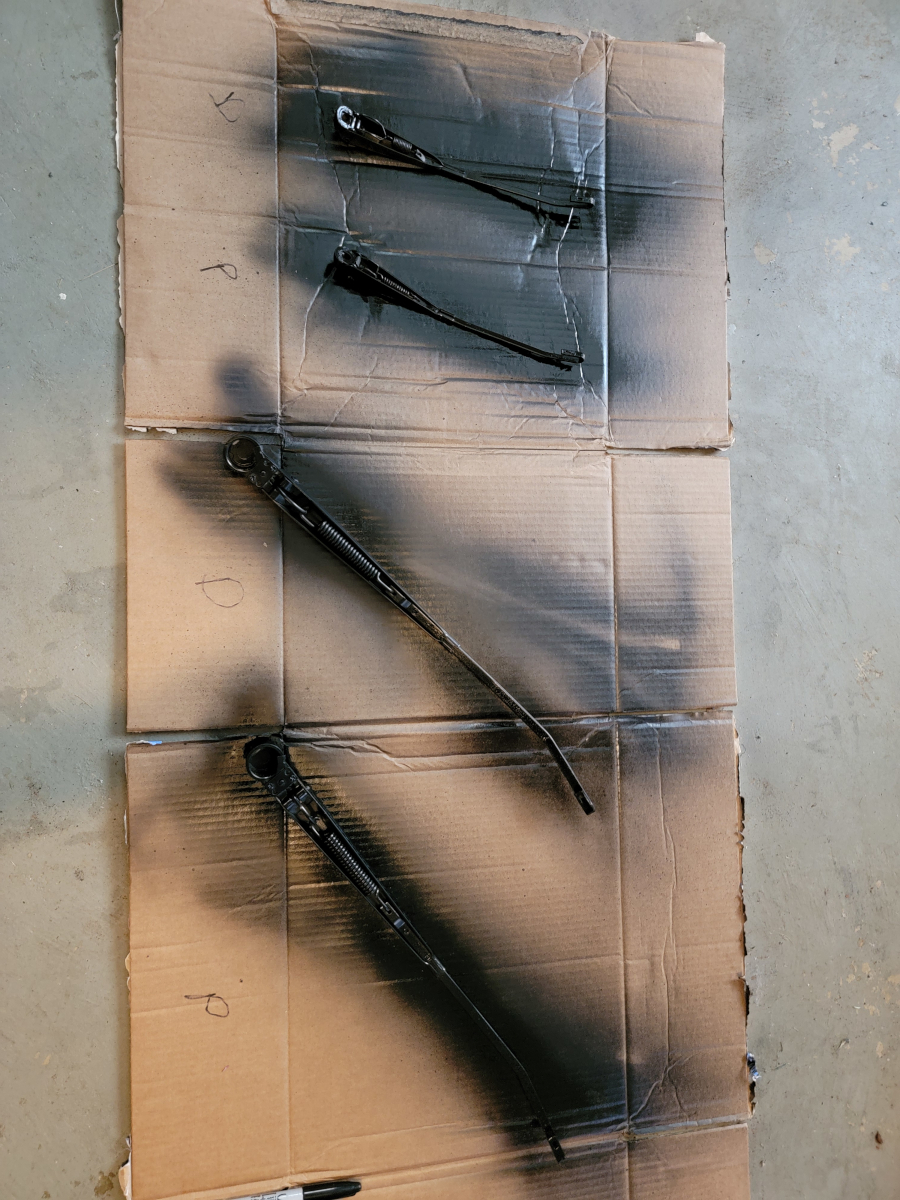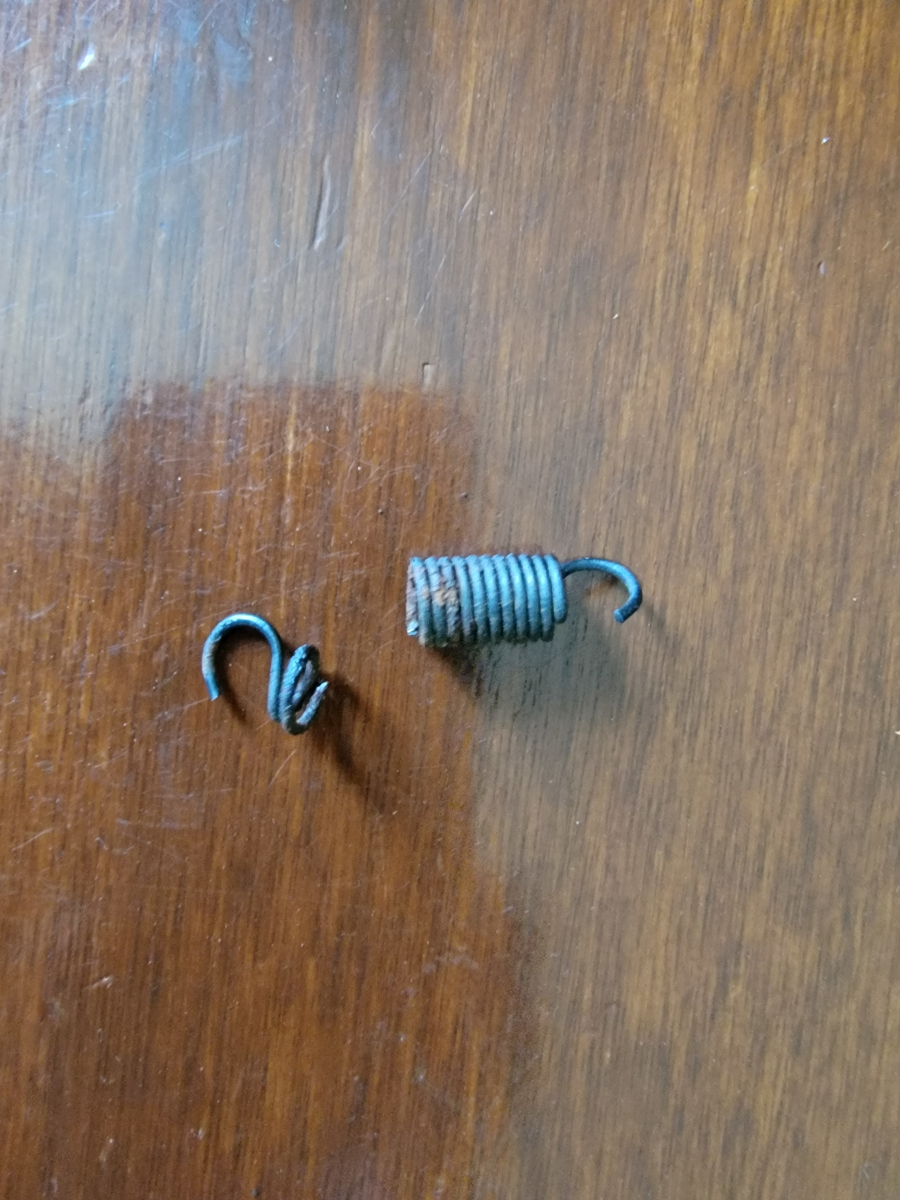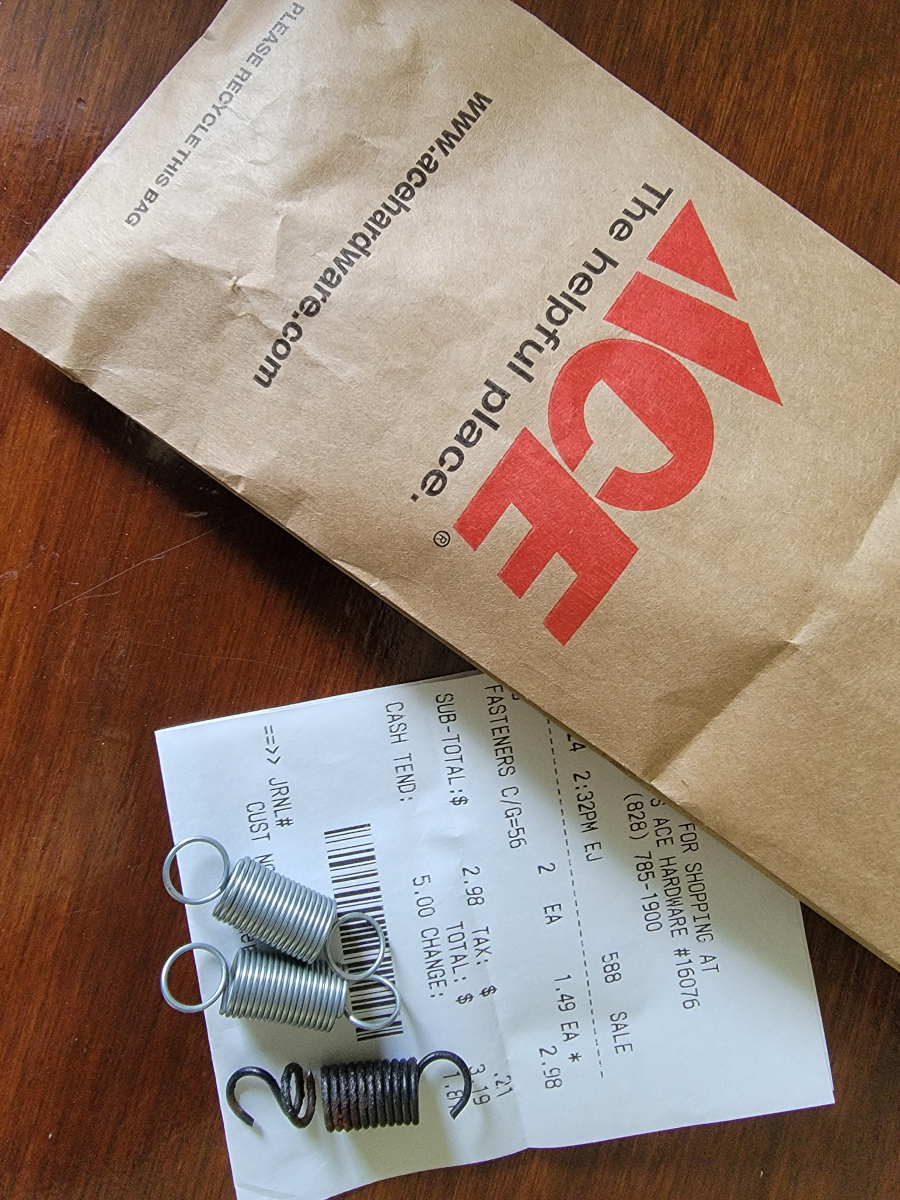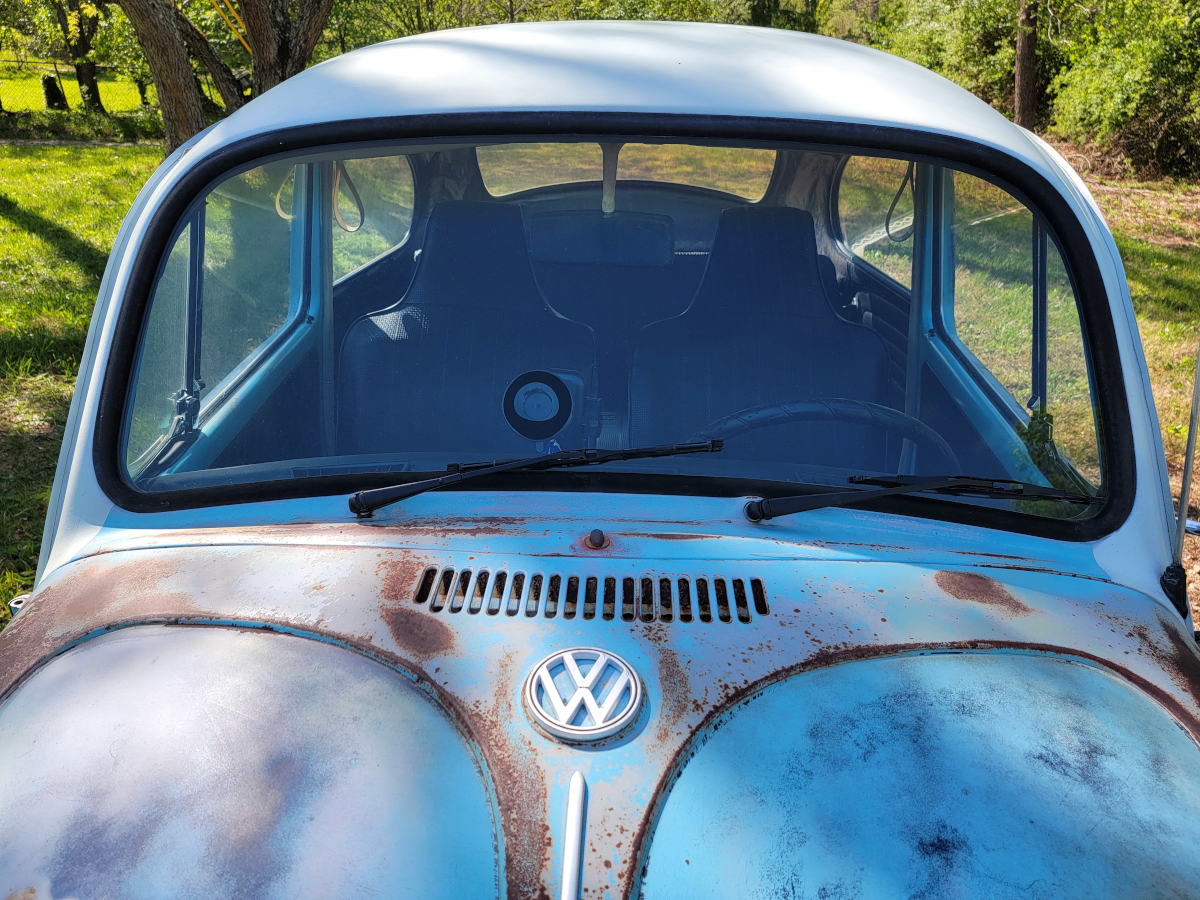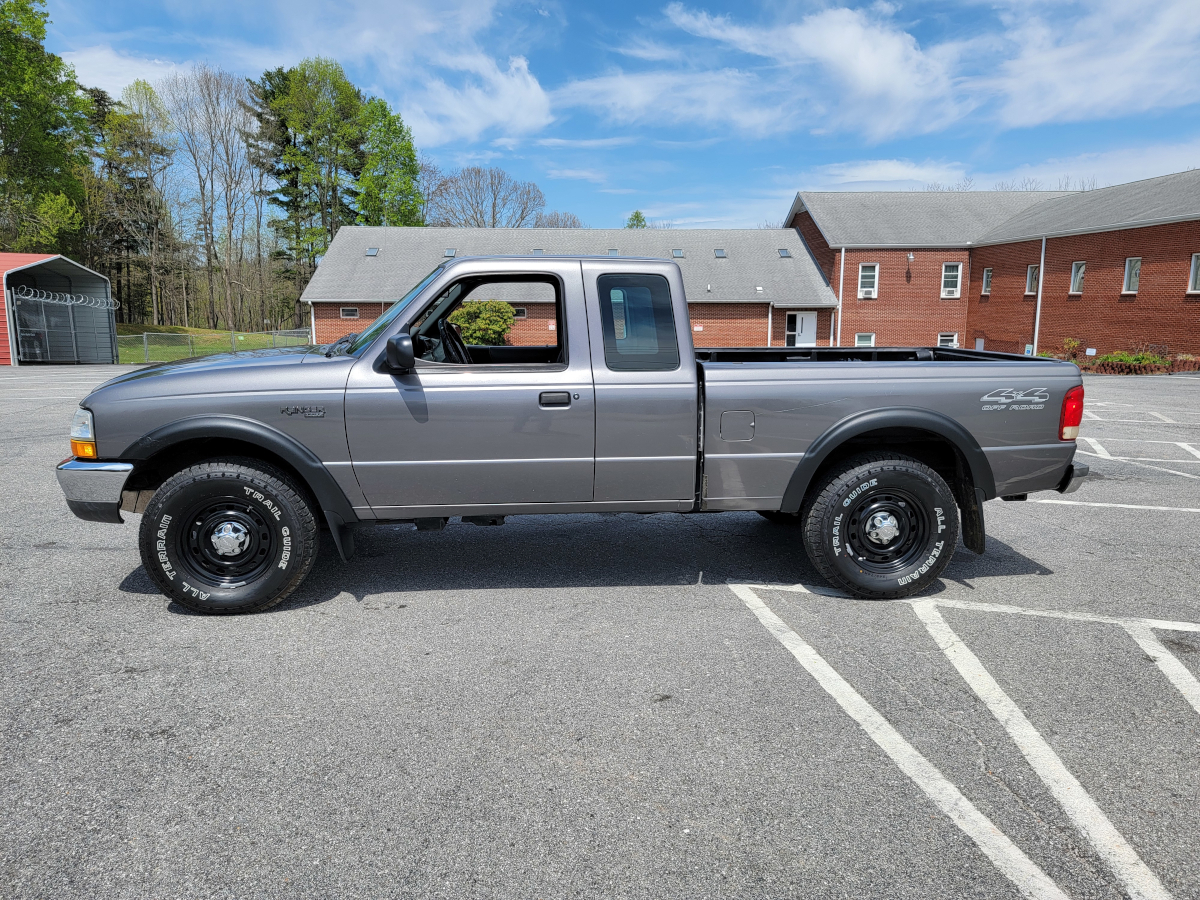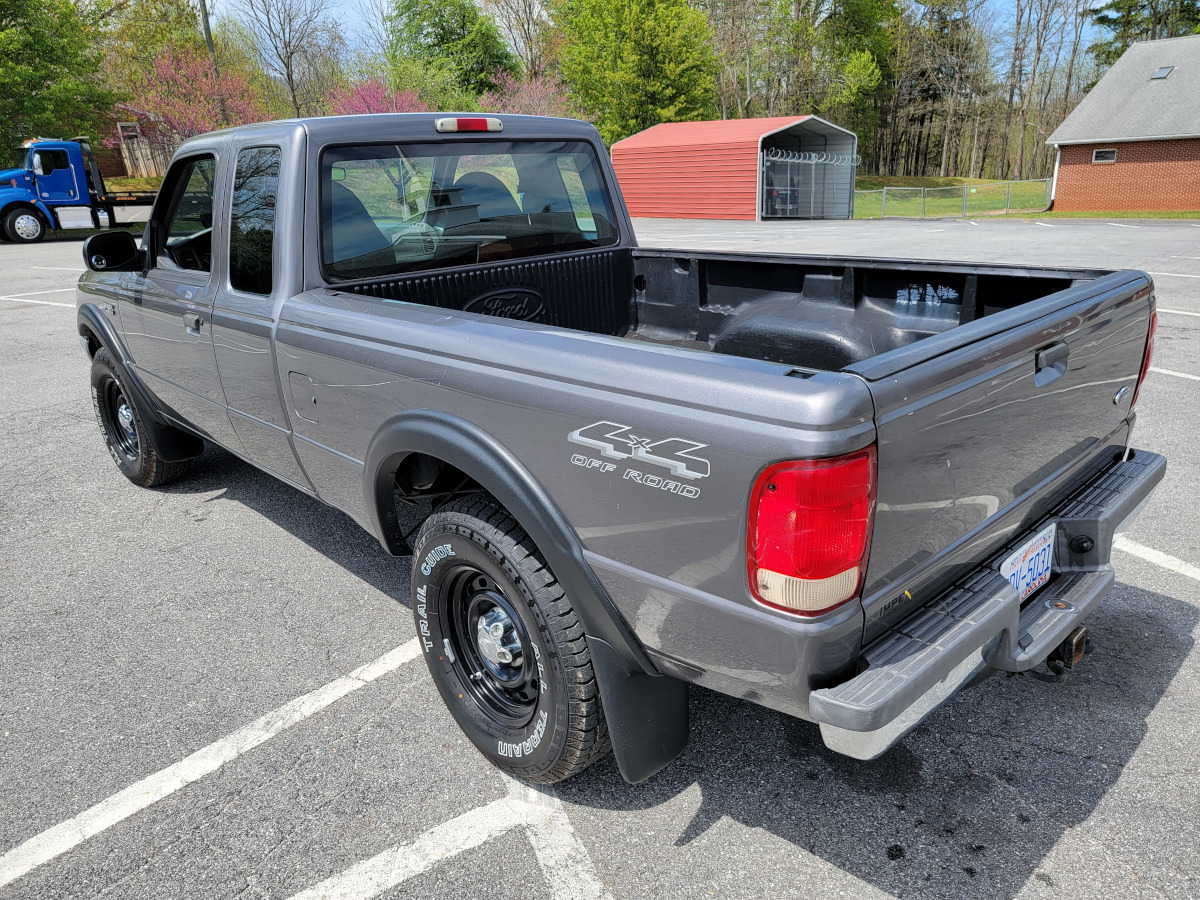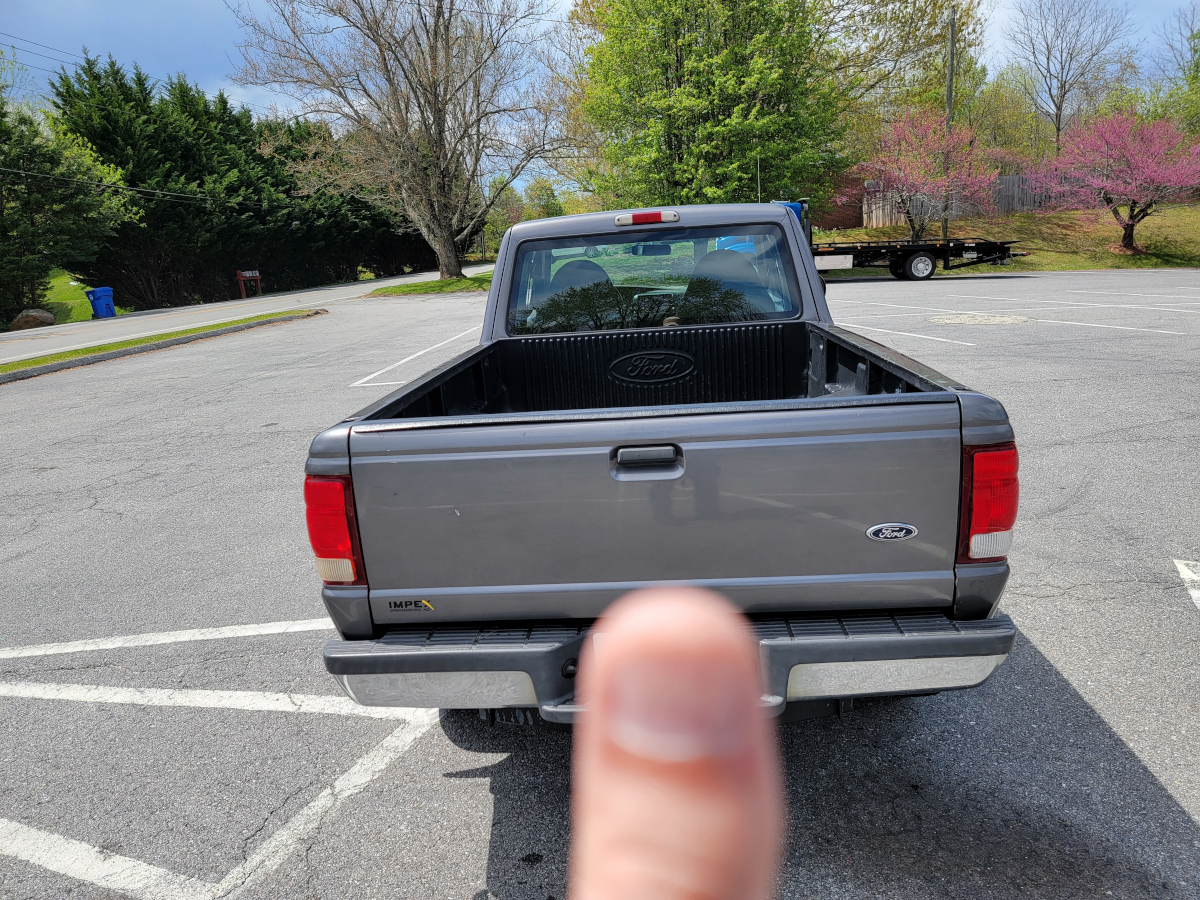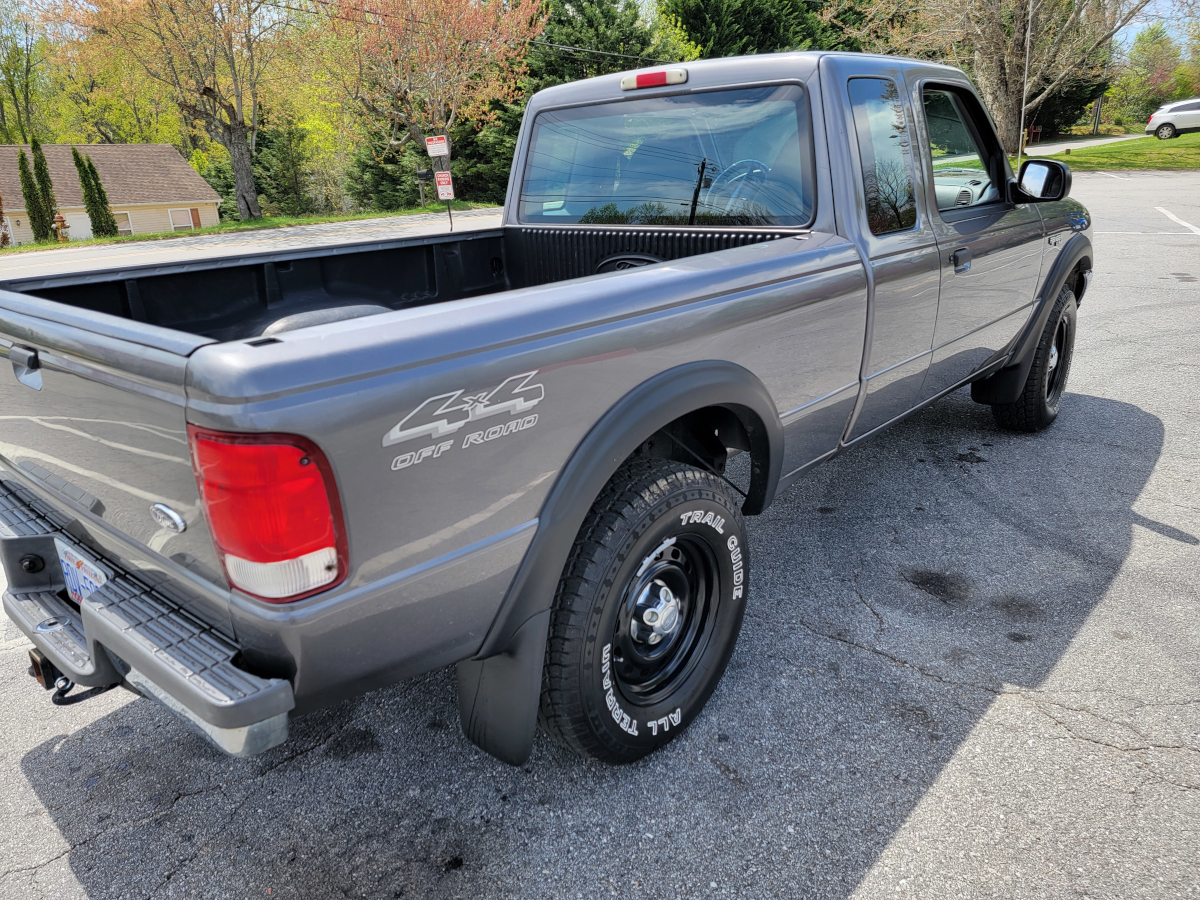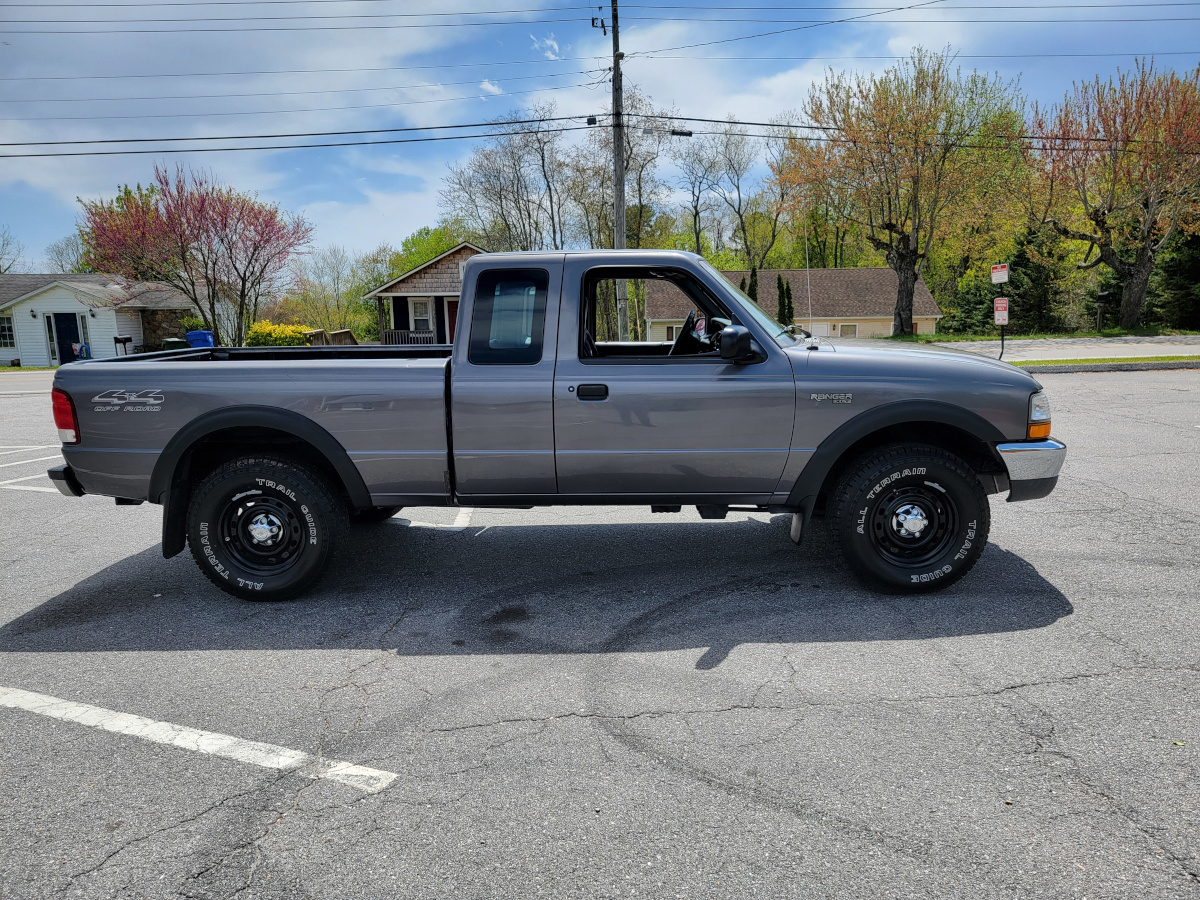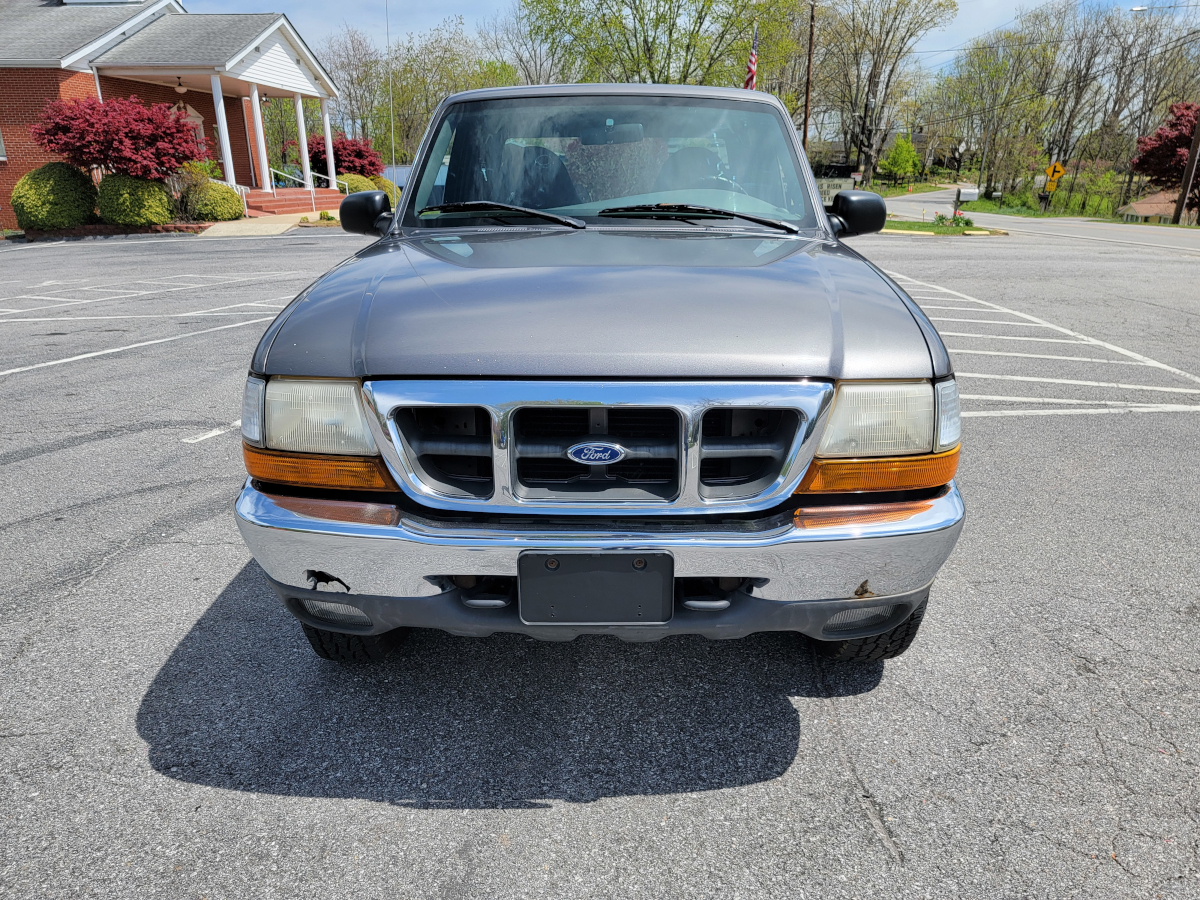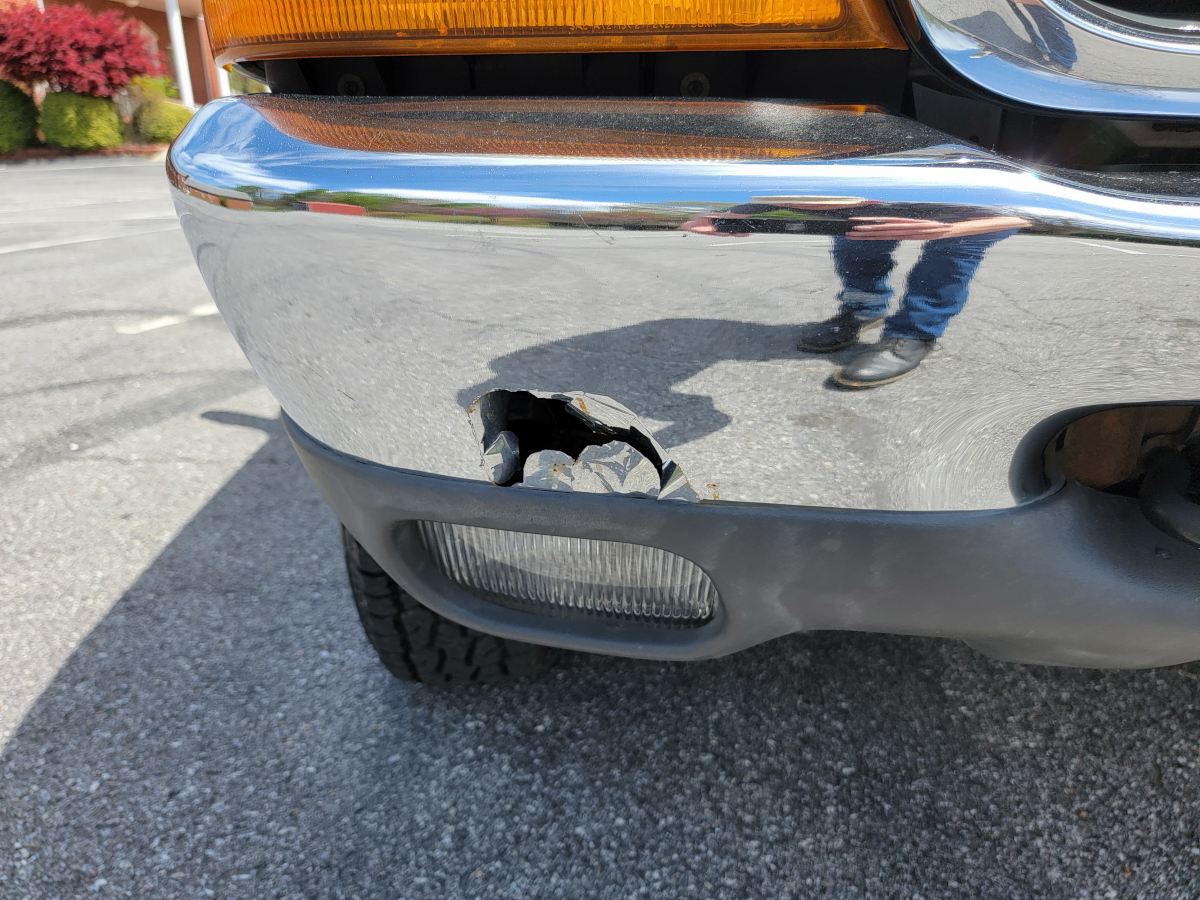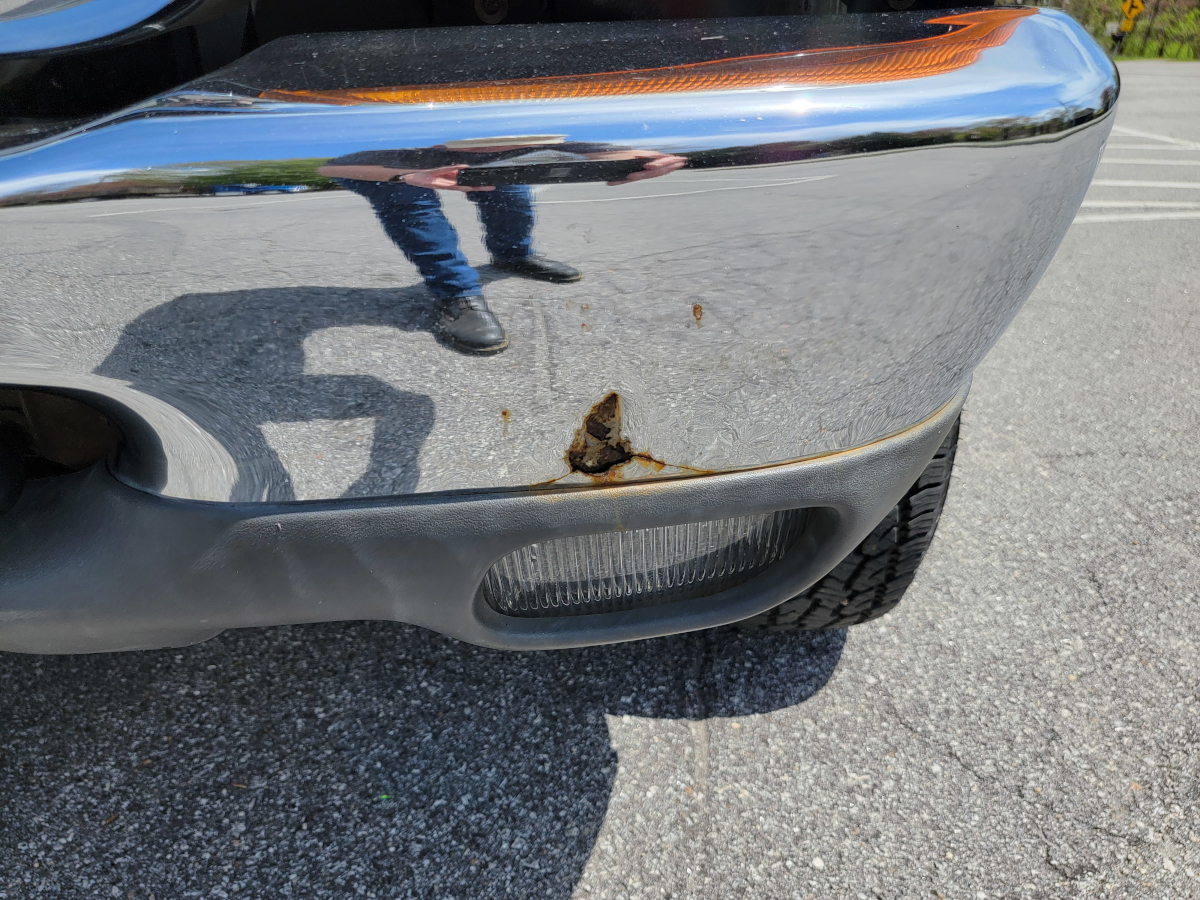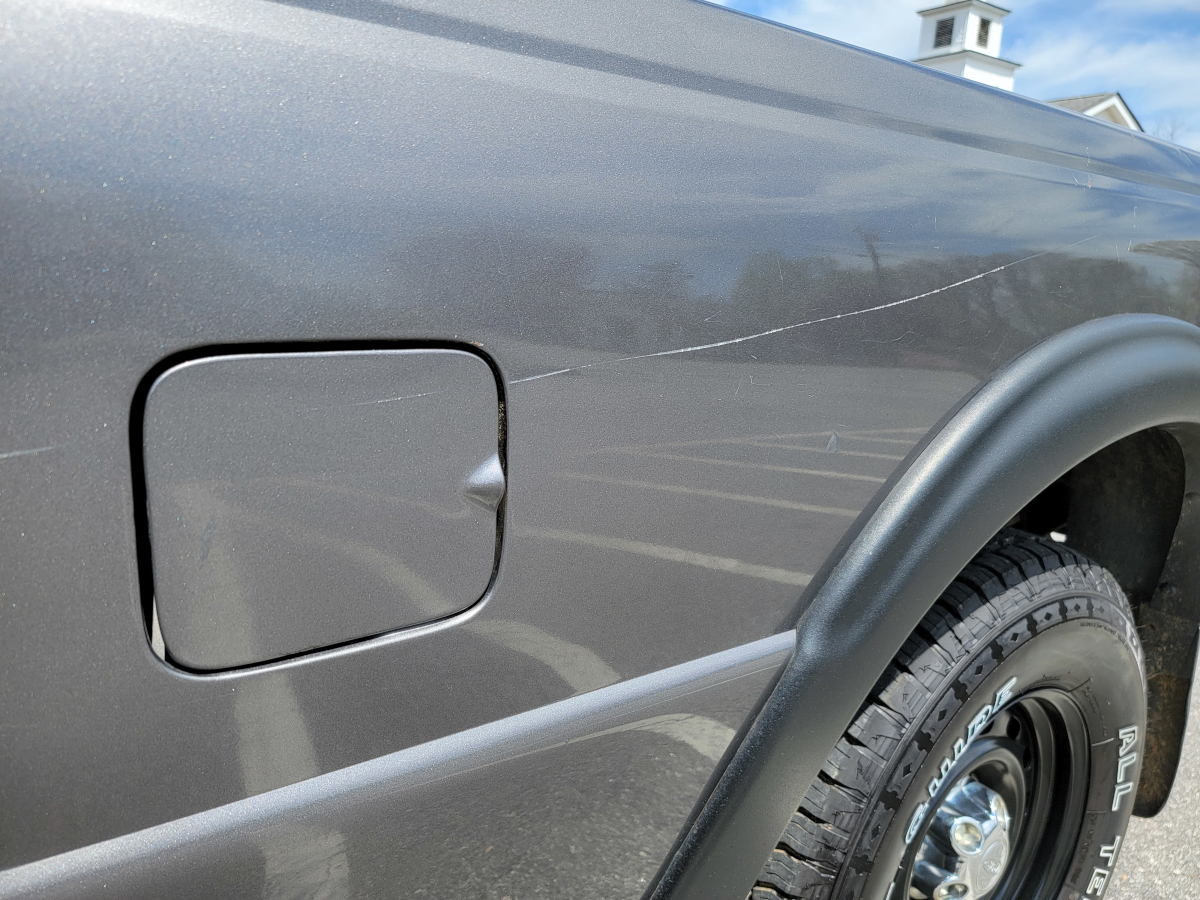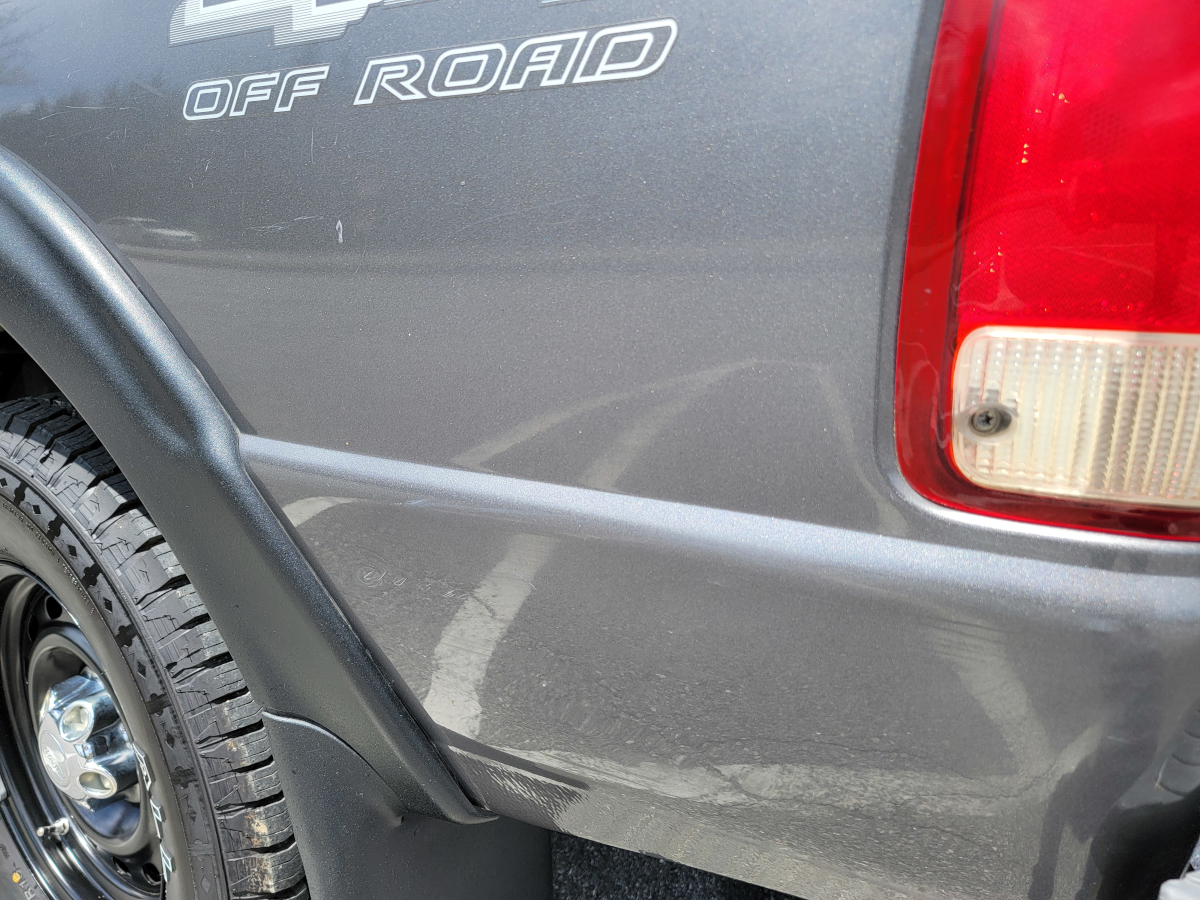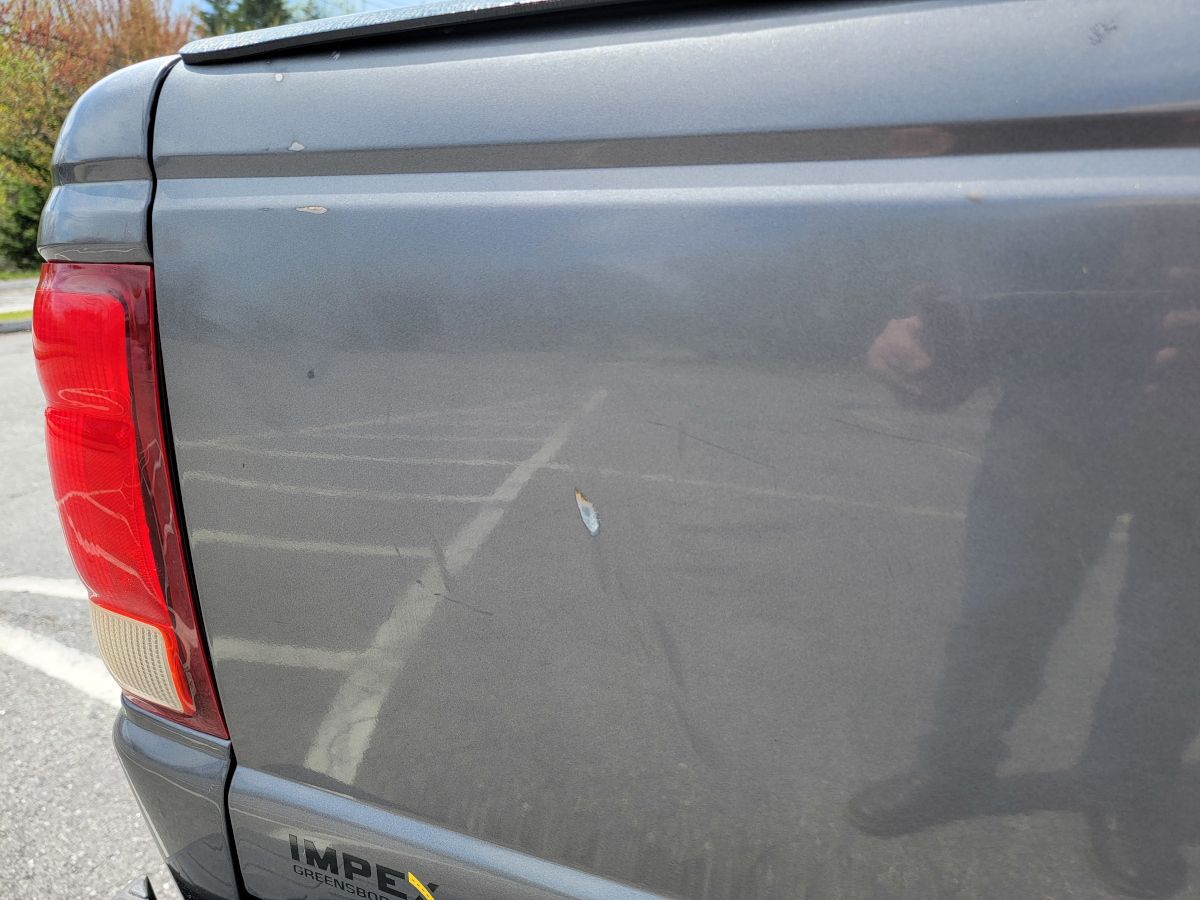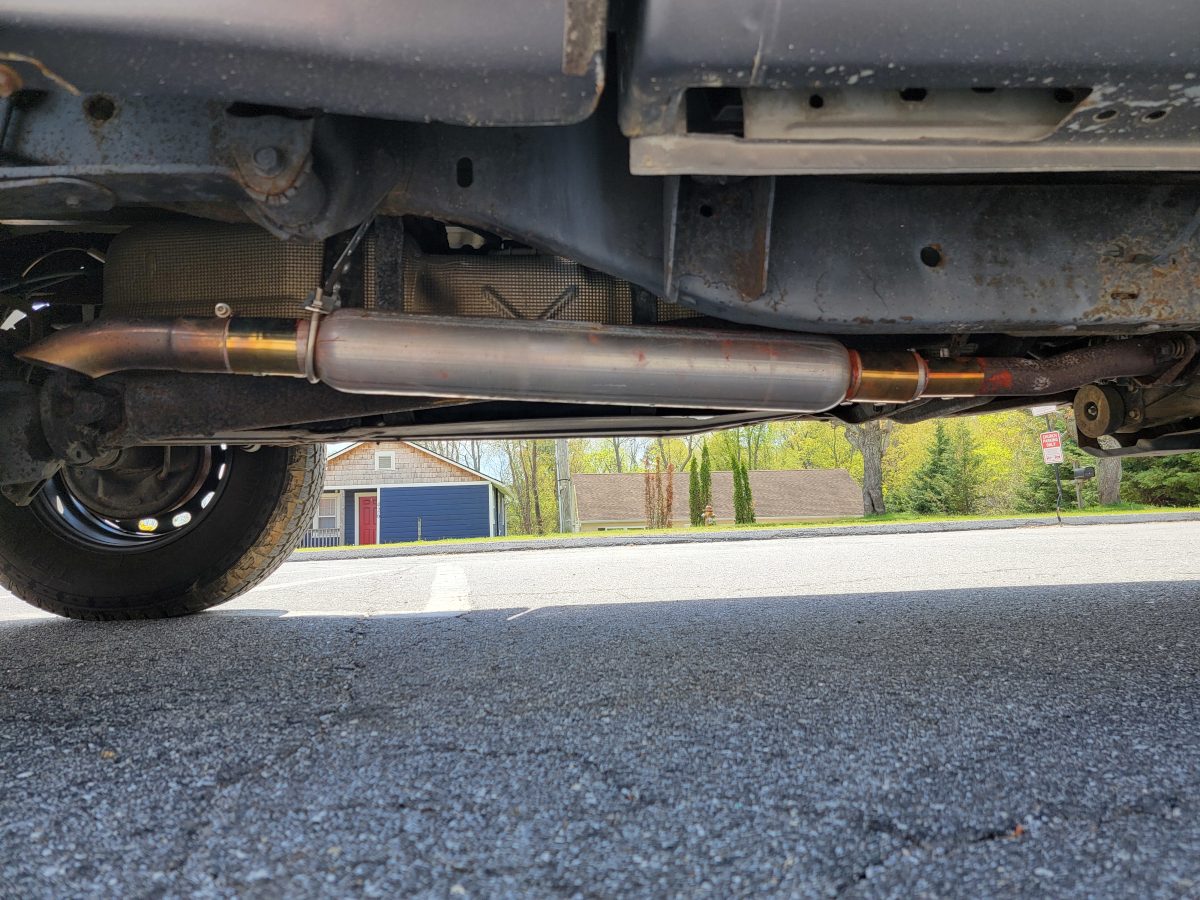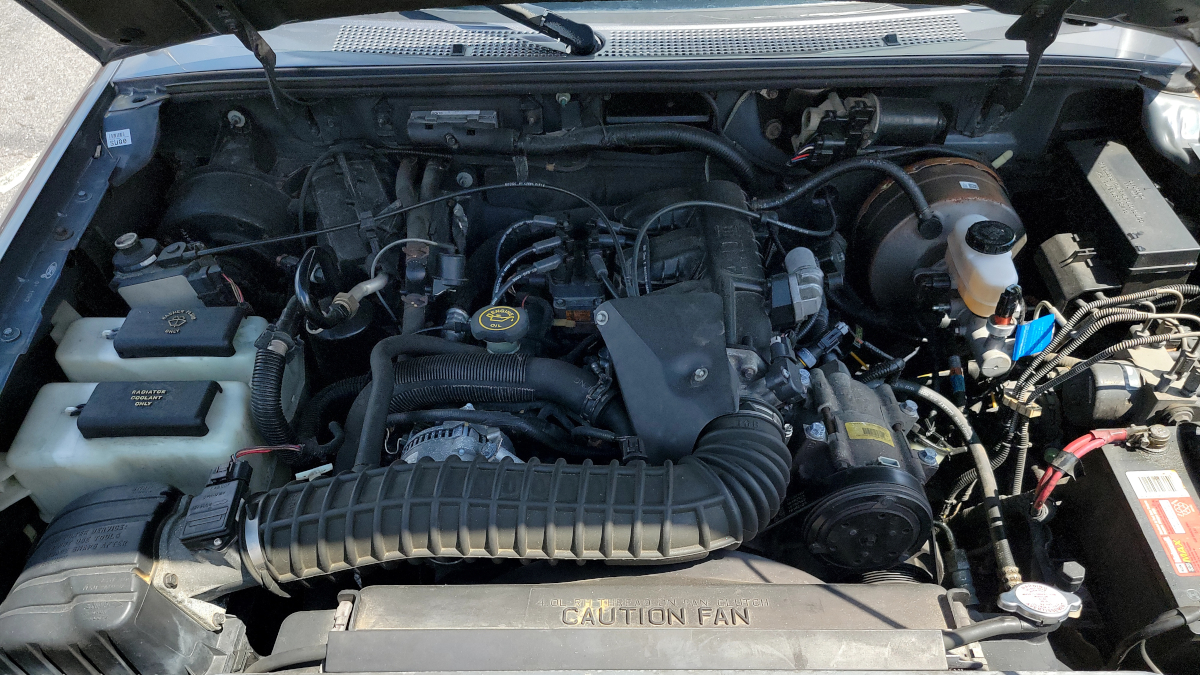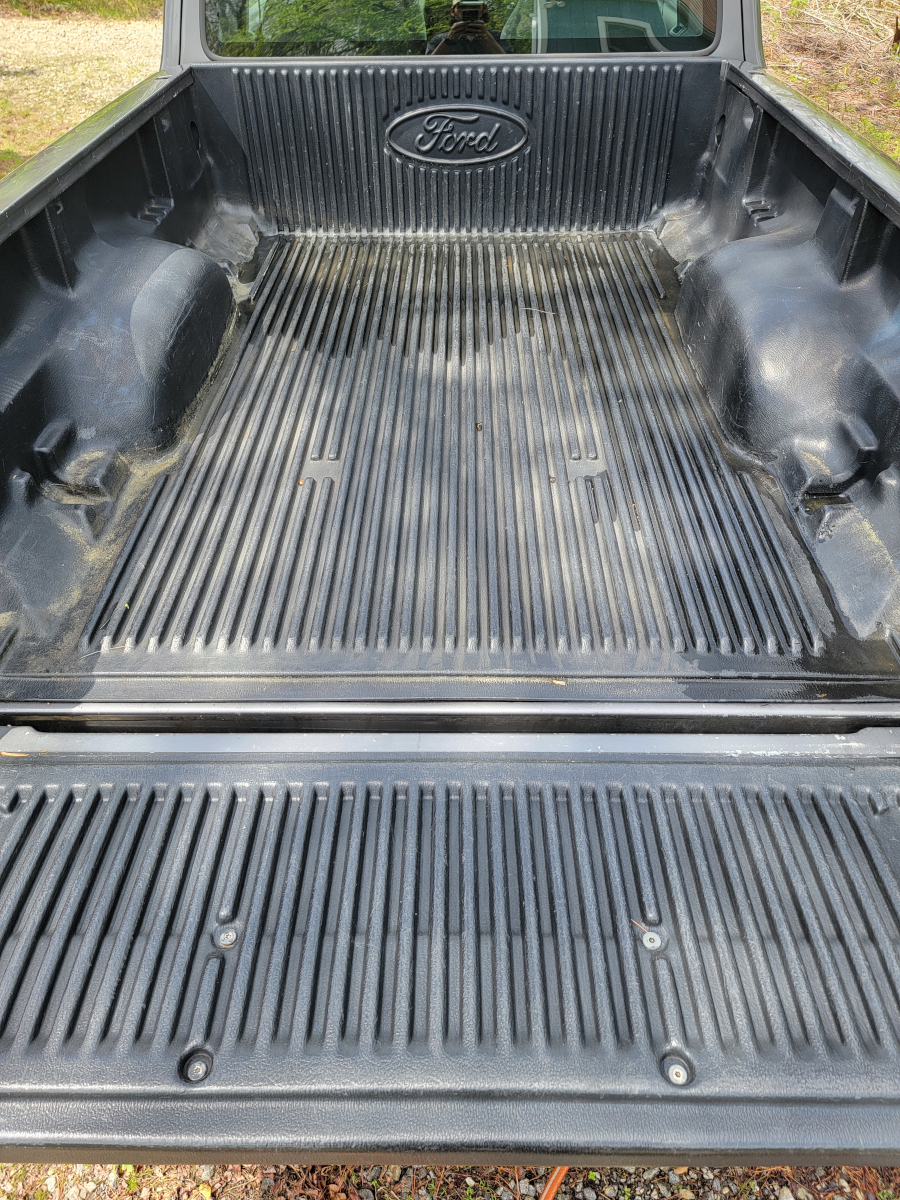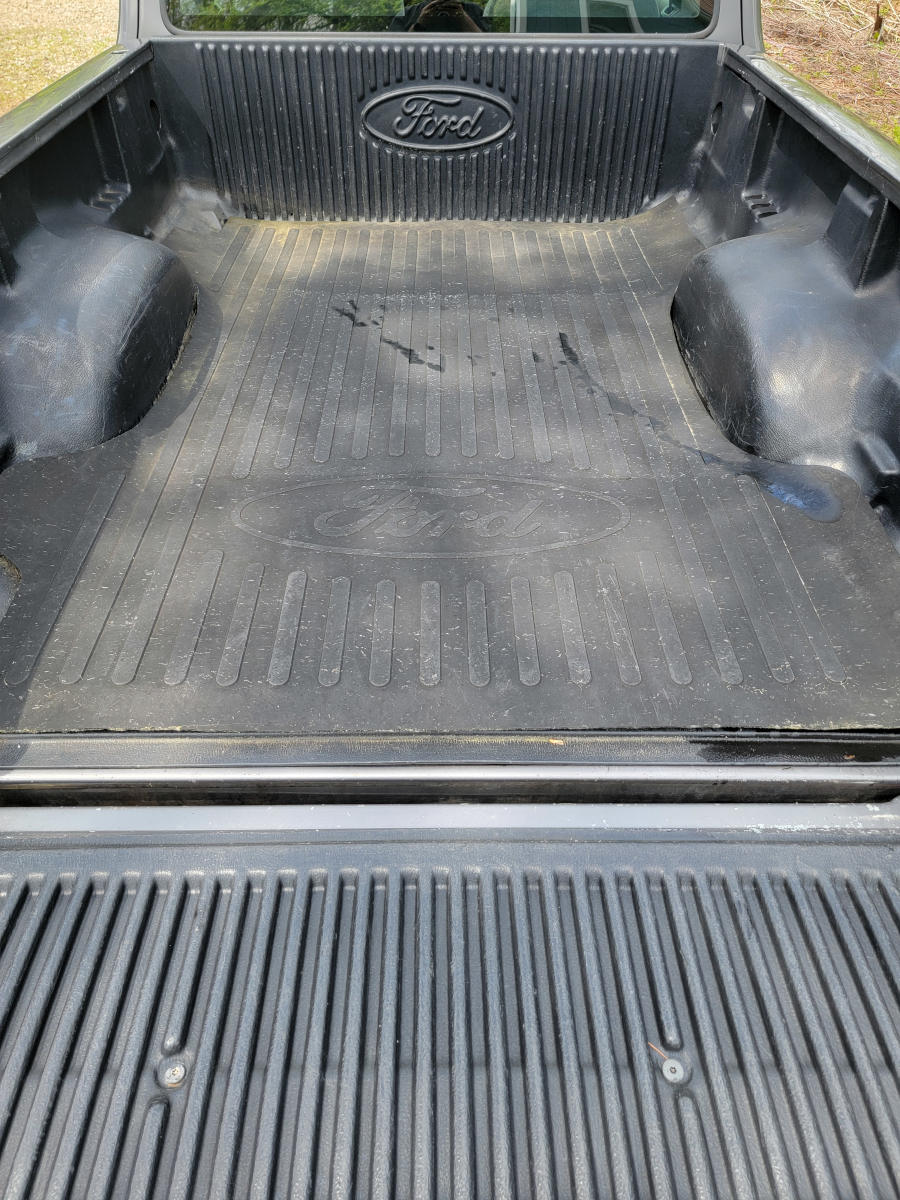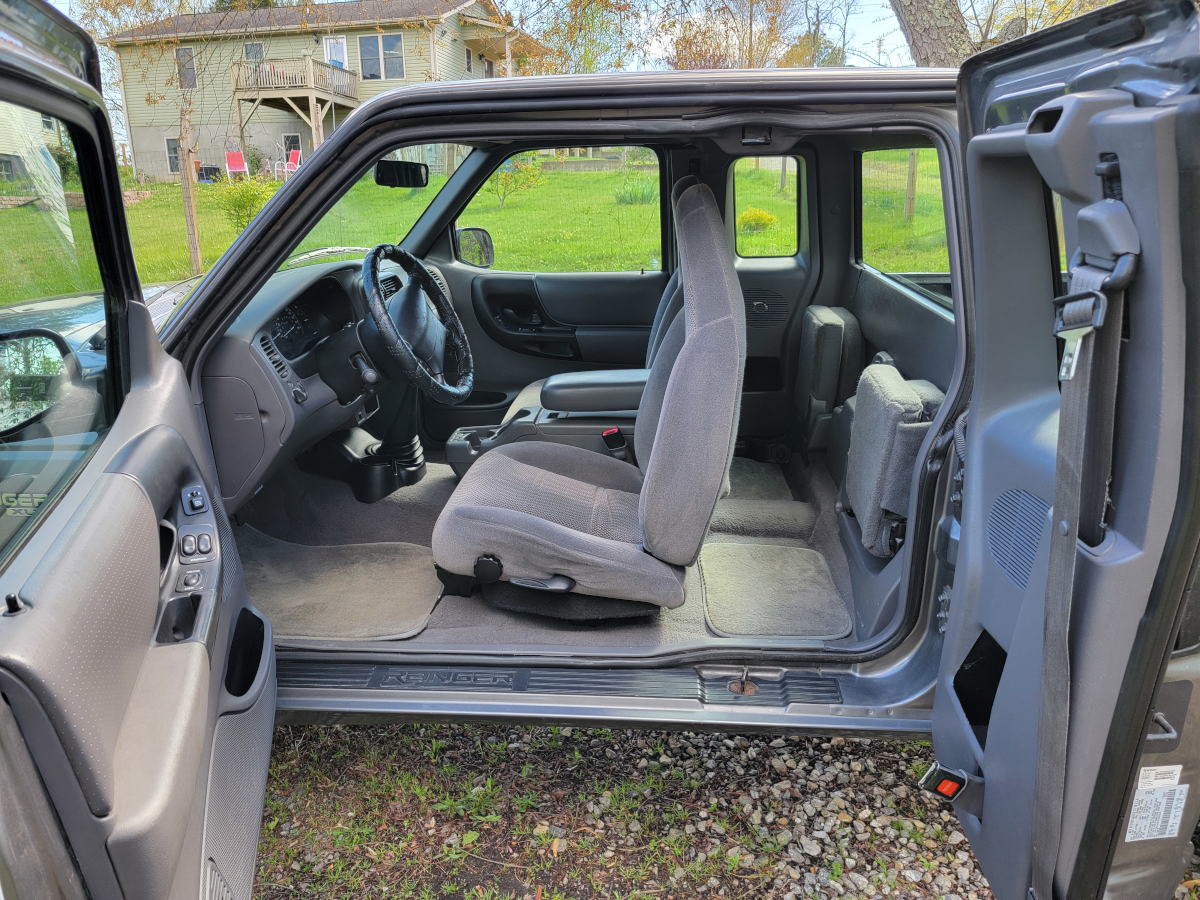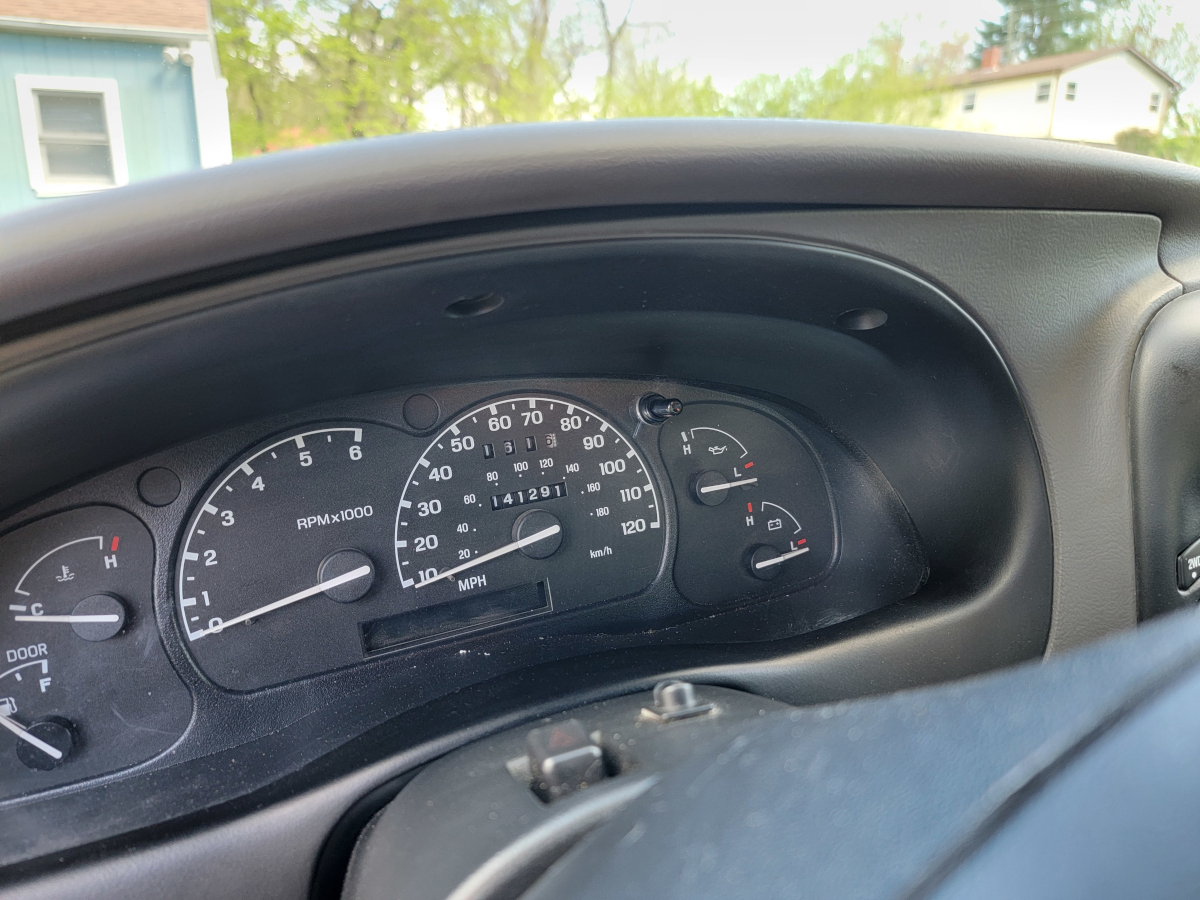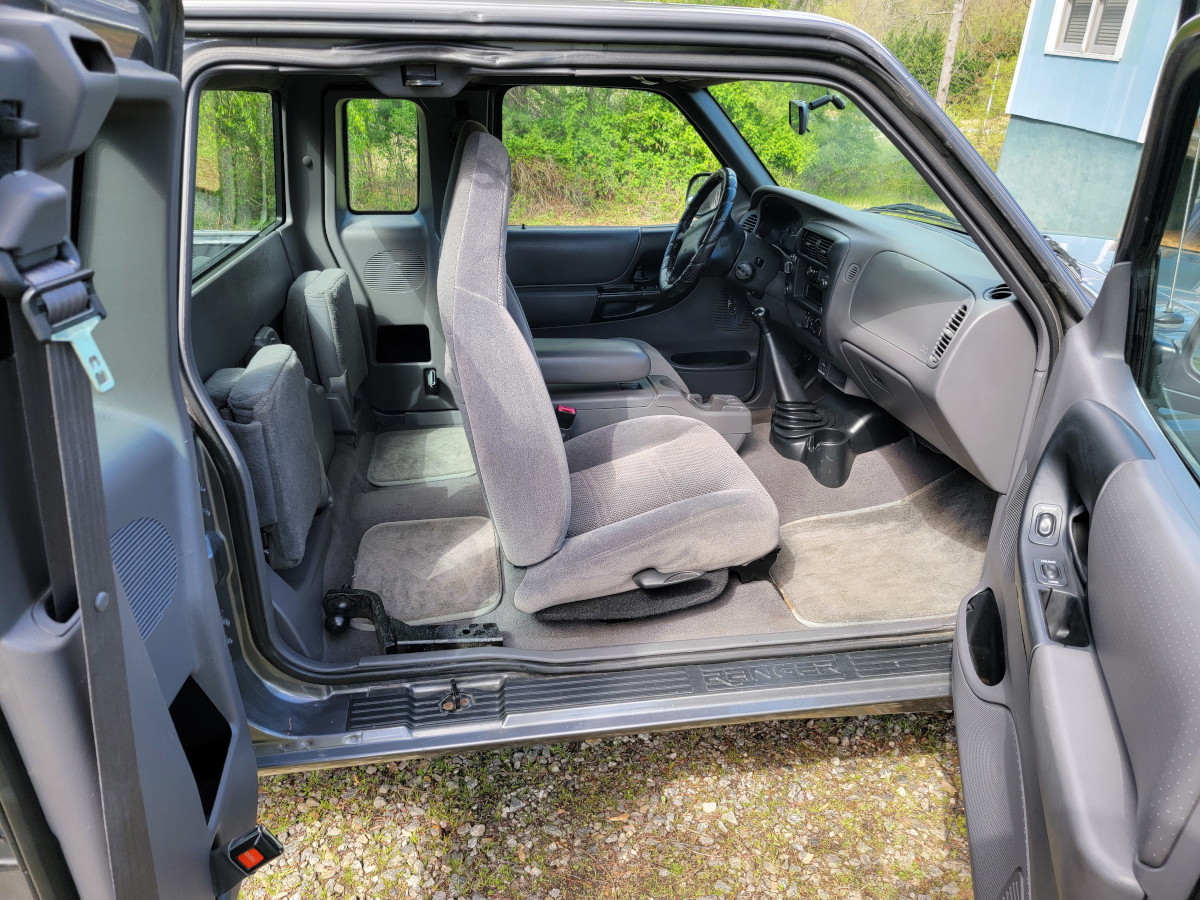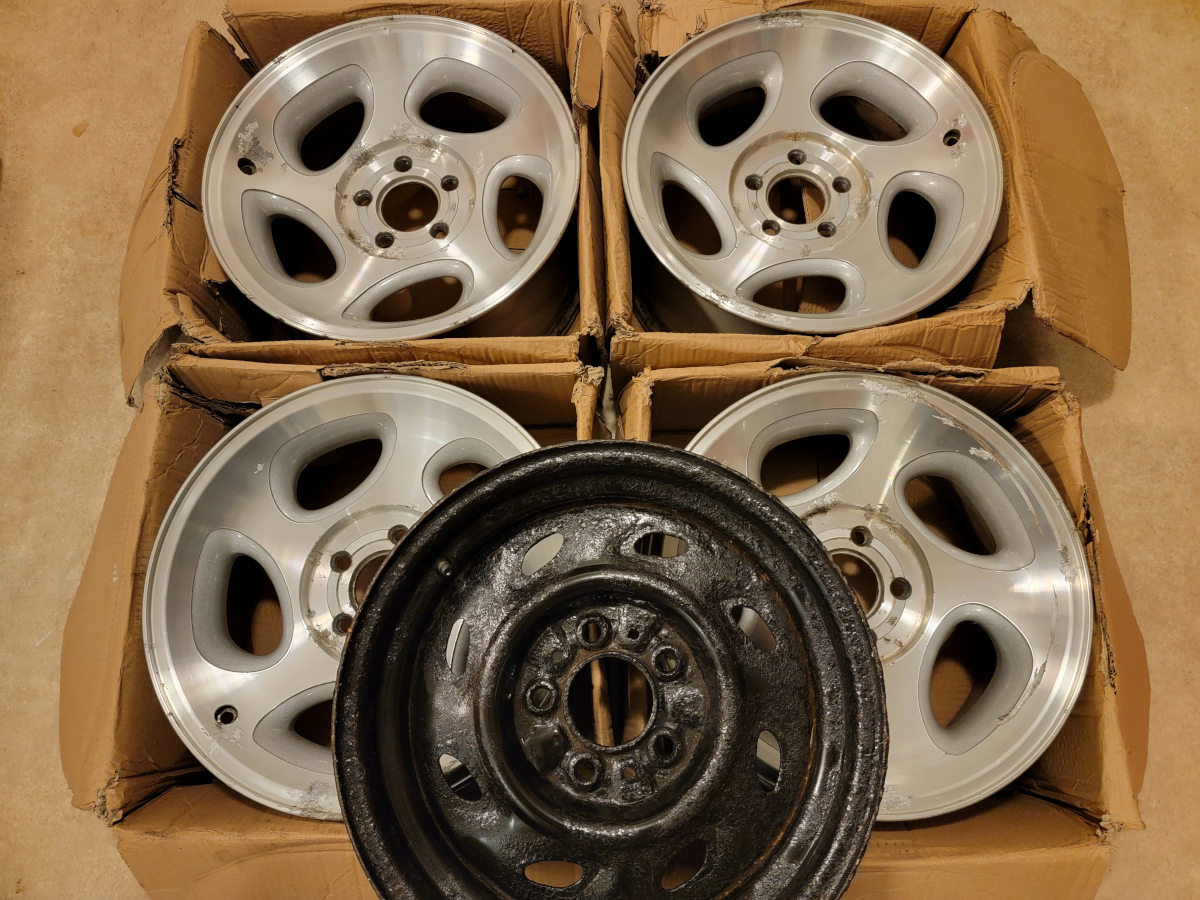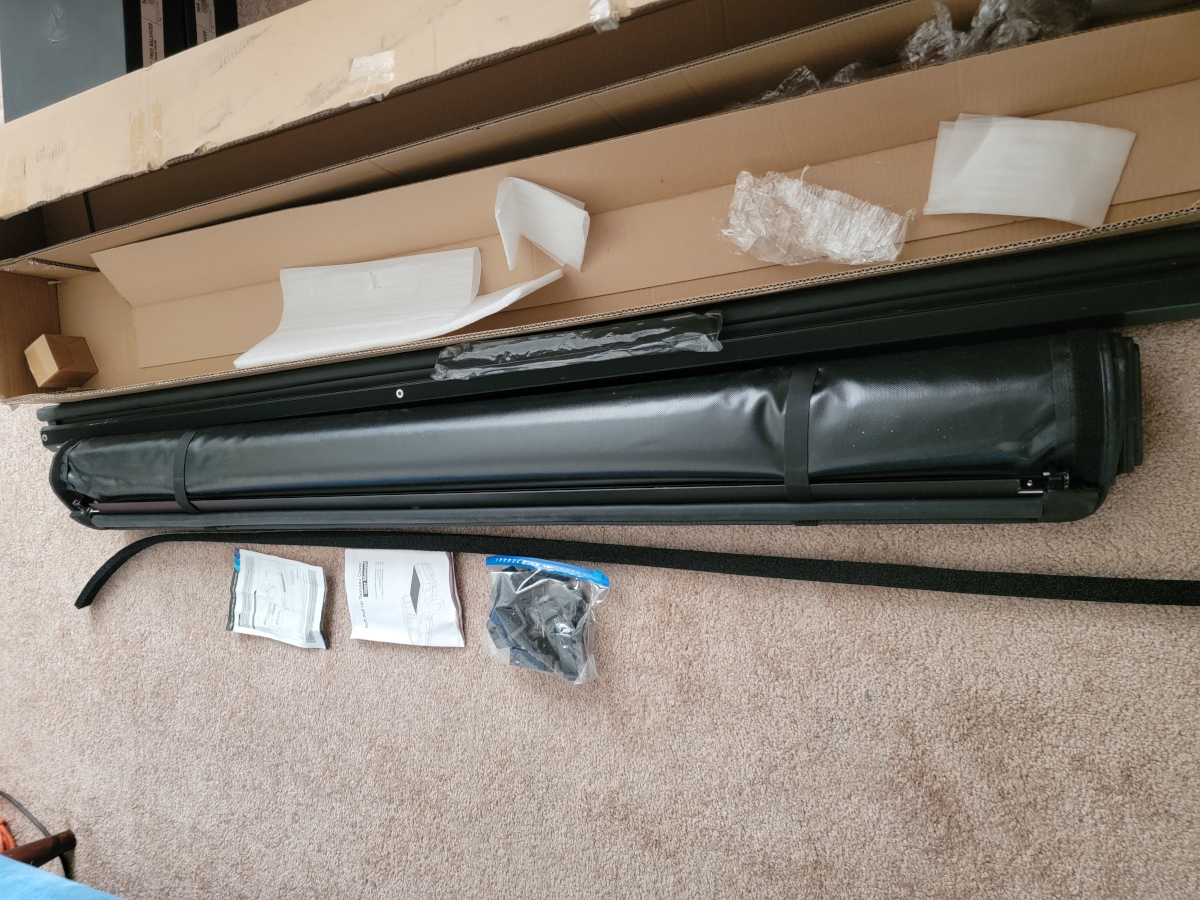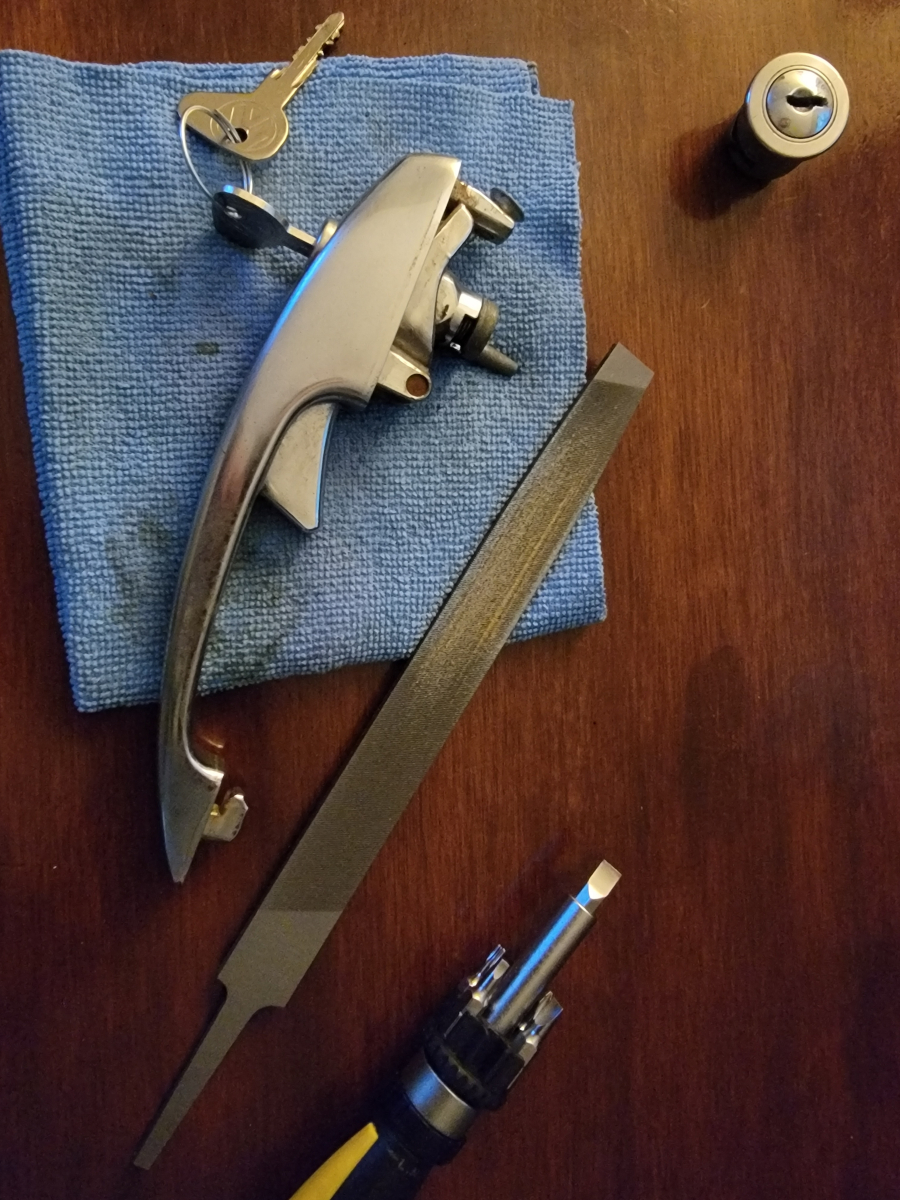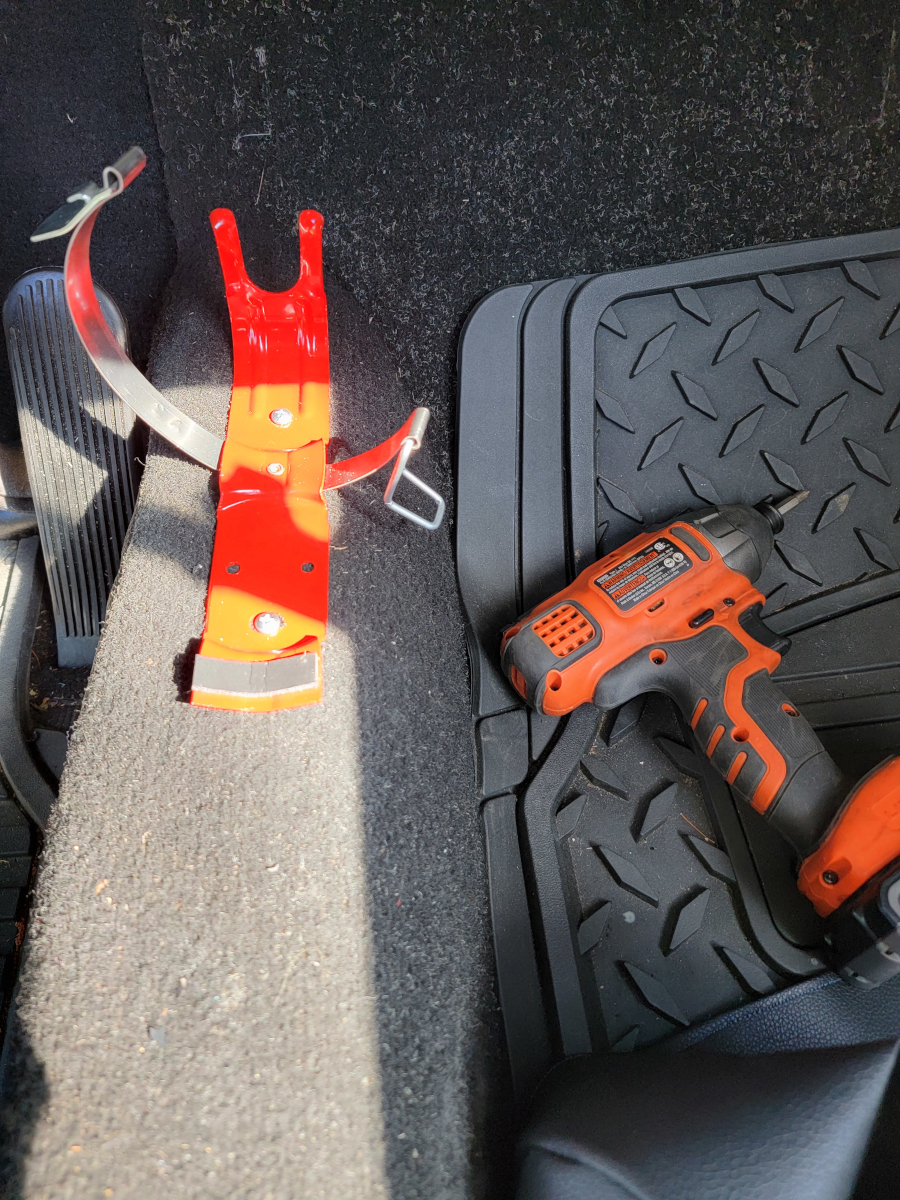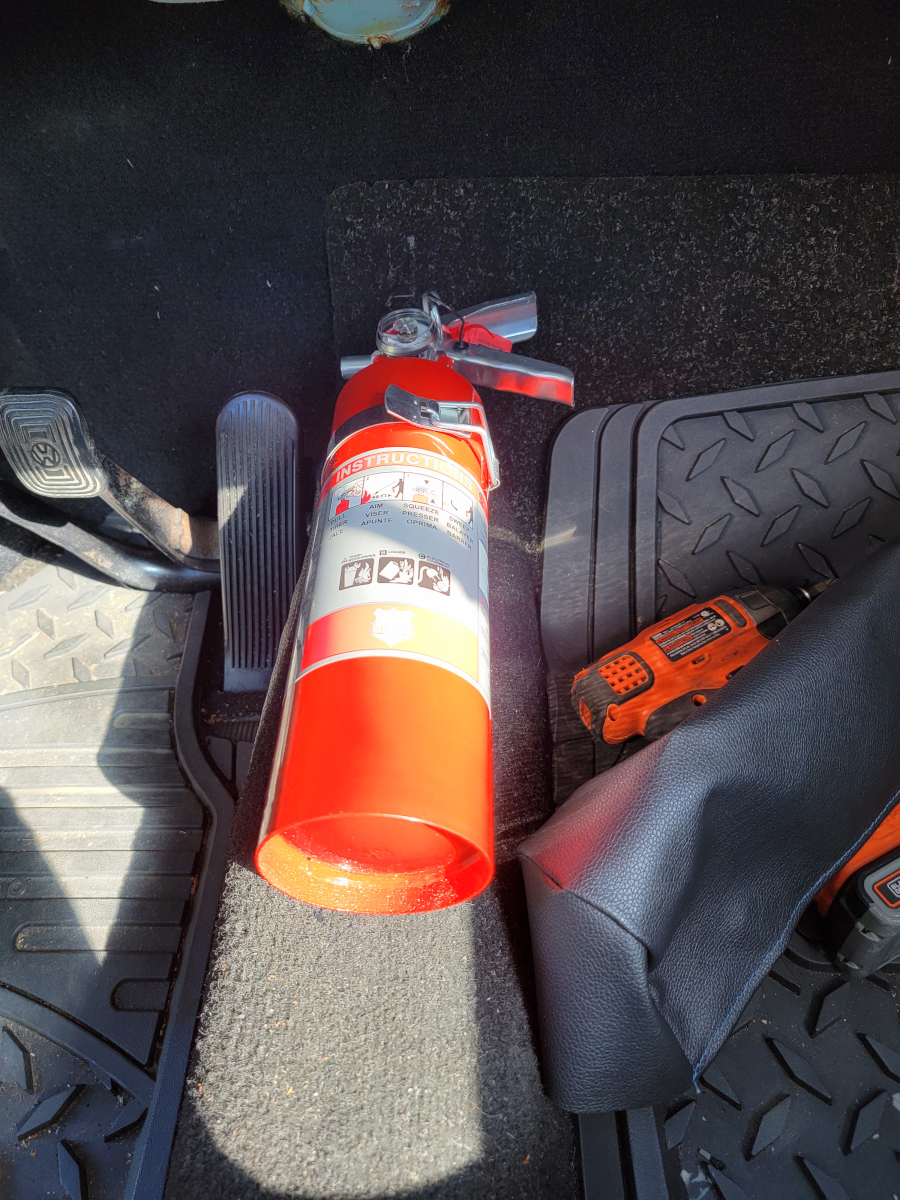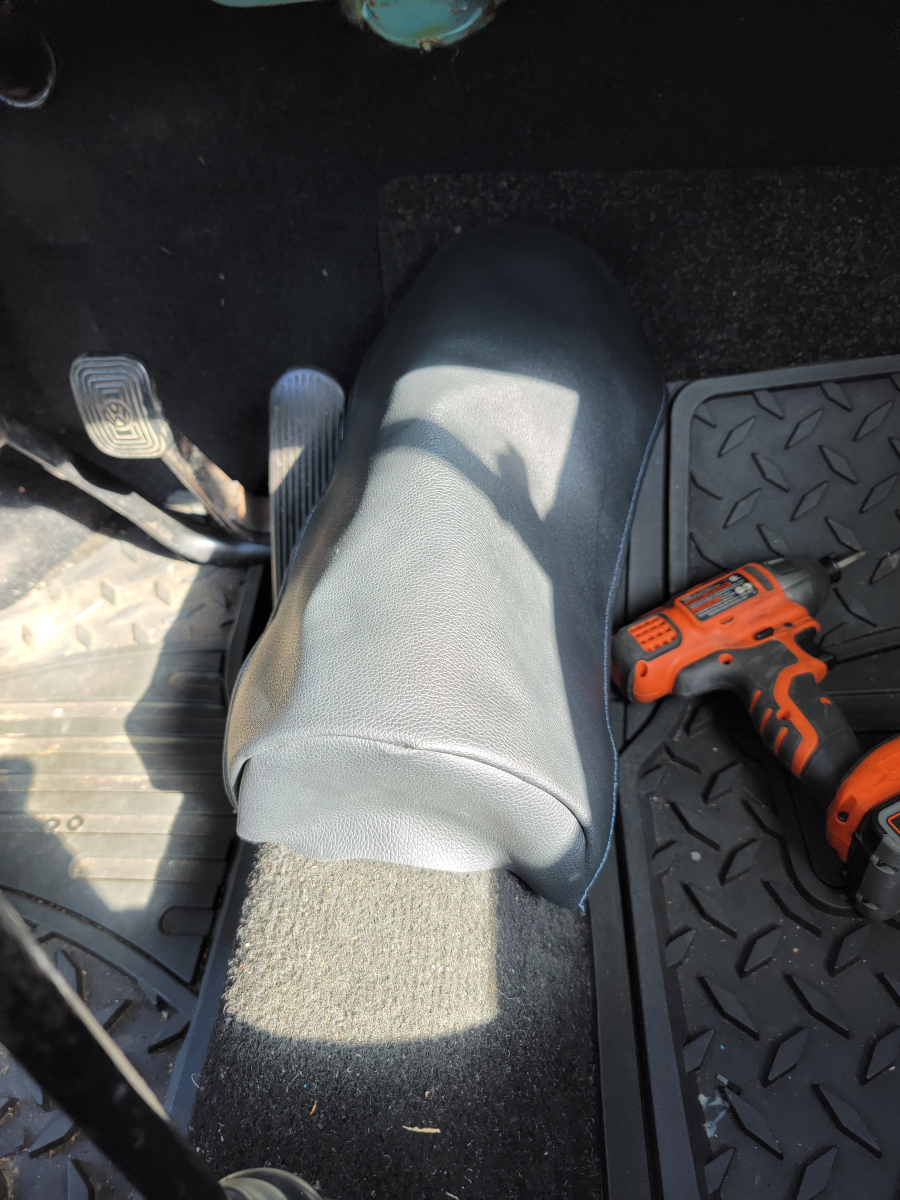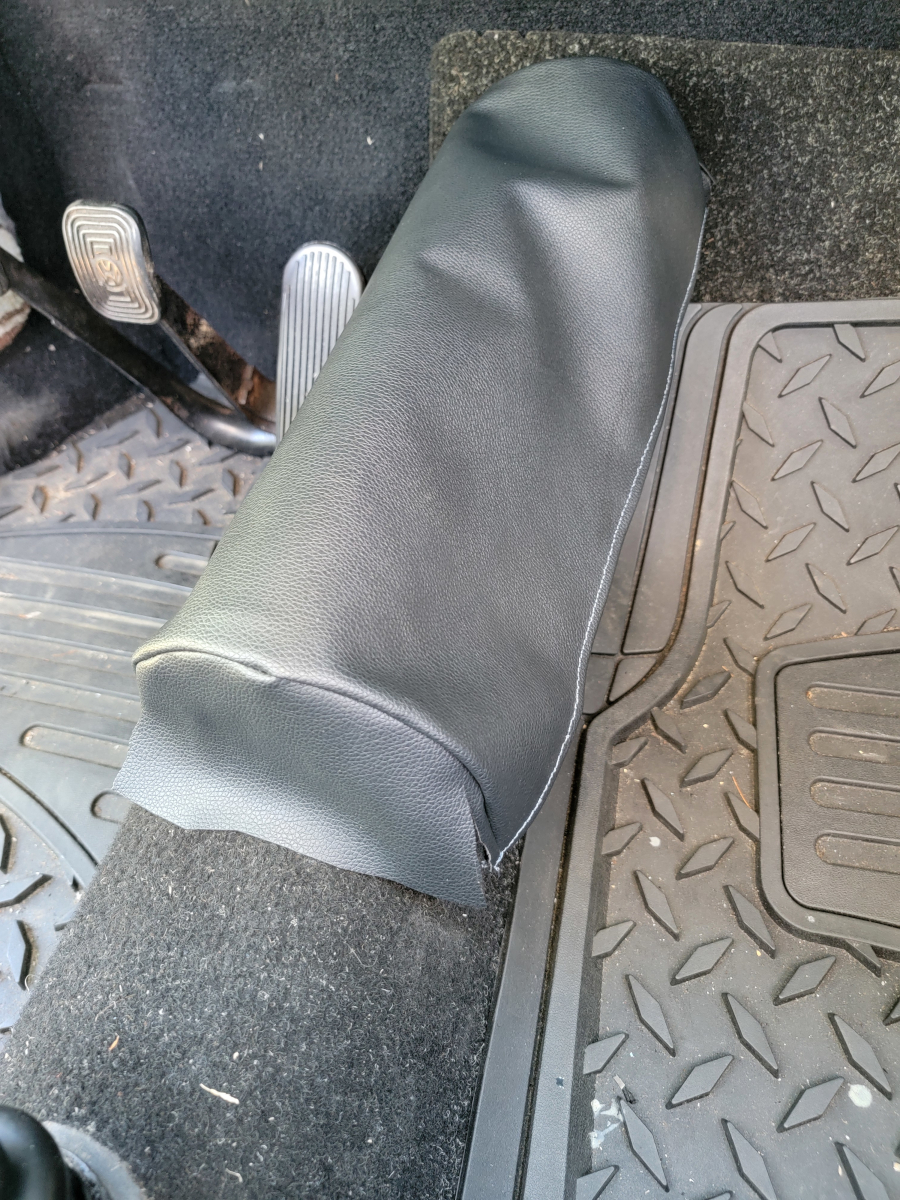So, SELL THE RANGER ALREADY, WOULDYA?
My dad’s Tundra was still sitting in Thomasville, so to make that process work out, I would need to sell the Ranger in Thomasville, to be able to drive the Tundra back home.
Coming home from the grocery store one night, I pulled into my parking space on the hillside and heard a big clunk in the rear end. I put the truck back in gear and moved it forward and back, to make sure I hadn’t locked up the rear end or something. Everything worked fine, no noise, cool.
Mental note: Check that out in the daylight and see what’s up.
Leaving the house once a week has its down-sides. Such as forgetting mental notes.
Next time I drove the truck, I heard another little clunk back there as I got out out on the road. I finished my round trip and as I pulled back into the parking space on the hillside, another big clunk. It was daylight this time, so I didn’t need to warn future me again about the inherent danger.
Climbing under the truck, my worst fears were realized. Both rear leaf spring mounts were rusted through and broken. The entire box in the spare tire area is terribly rusted, but I thought the actual frame rails were fine. Just scaly.

Newp.

Cool, cool, cool. OK. So, yeah… What am I going to do with this beautiful, valuable machine now that I don’t need it and it needs major work to be able to get any money out of it?
I’m already in it wayyyy over its actual value, having bought it at pandemic pricing from a dealership. The way over book value sales price I was asking before was going to net me a few thousand dollars loss. Now, I’m probably down over ten grand if I were to sell it in its current state.
I ended up having a friend drive me to Thomasville to pick up the Tundra. For the time being, the Ranger is yard art.
SAD.
